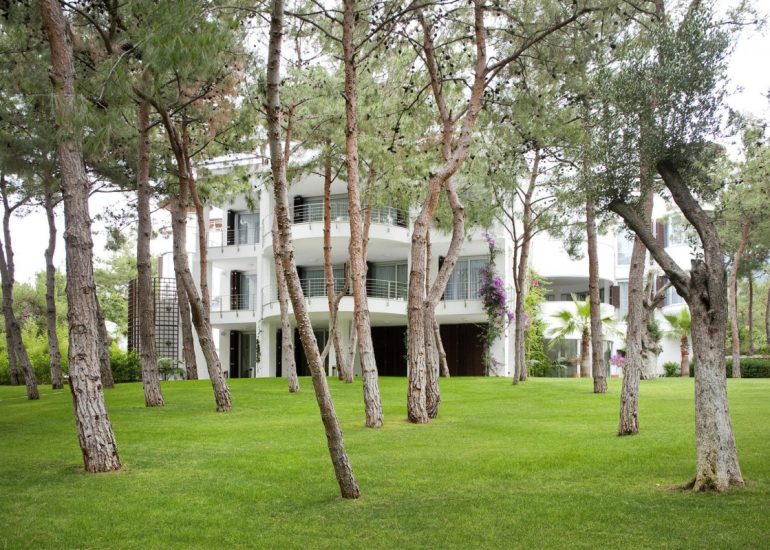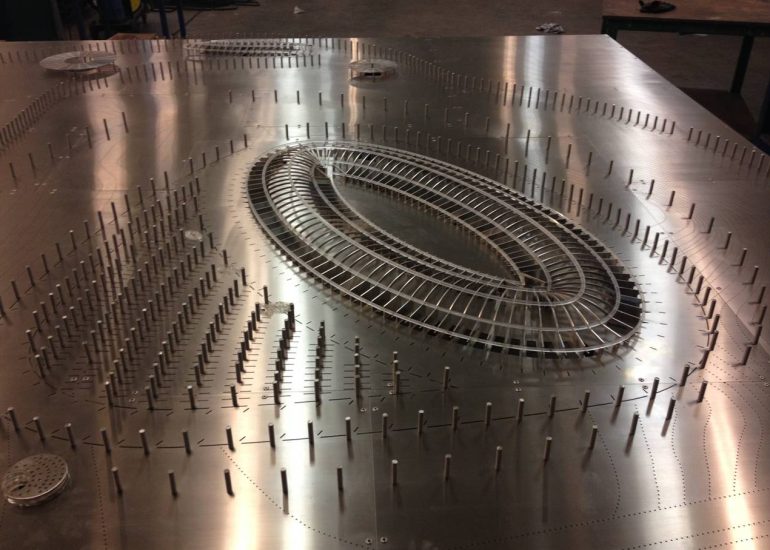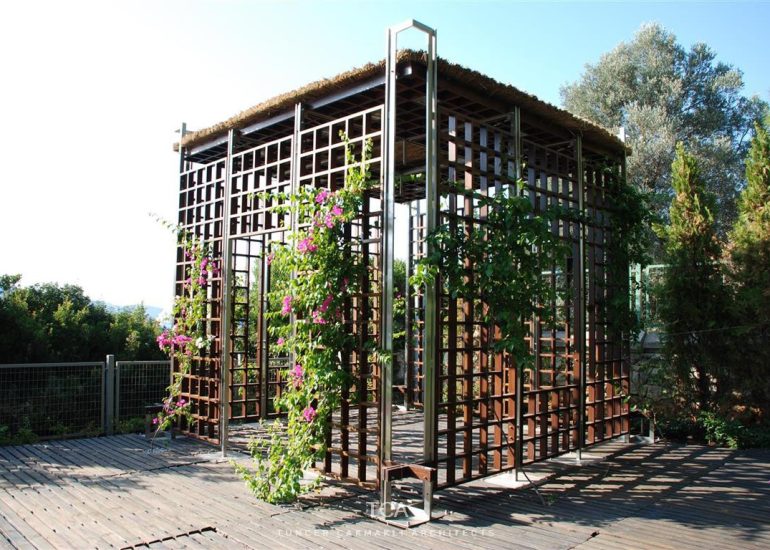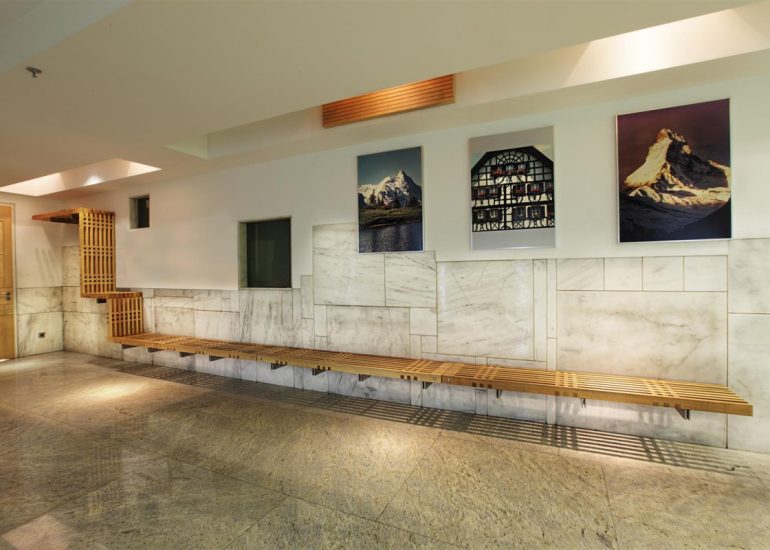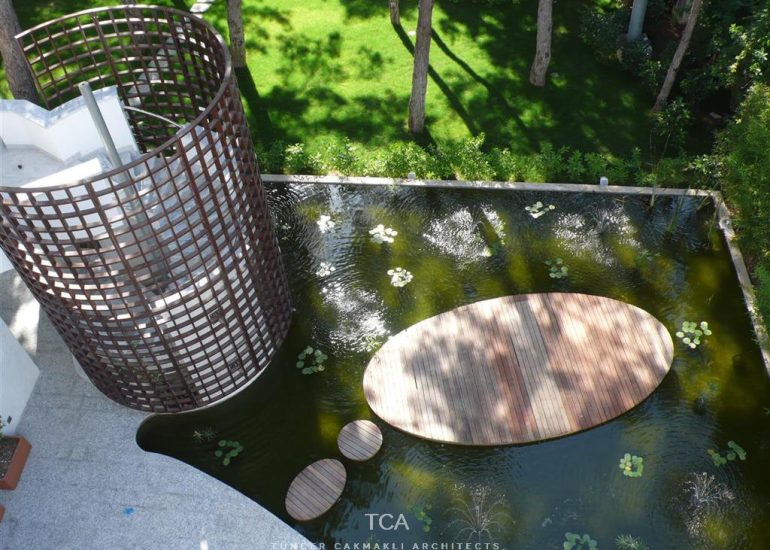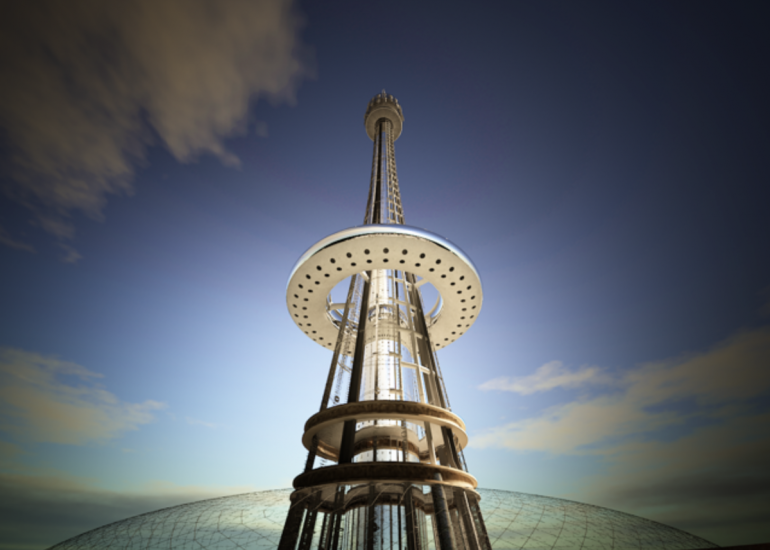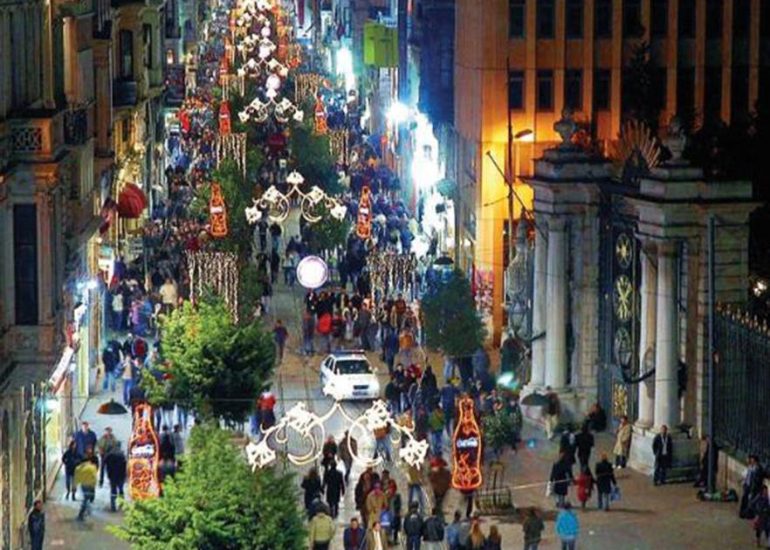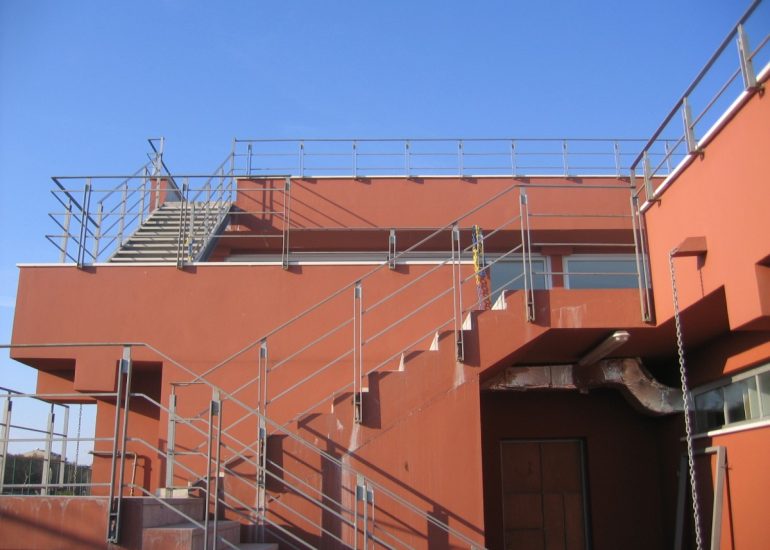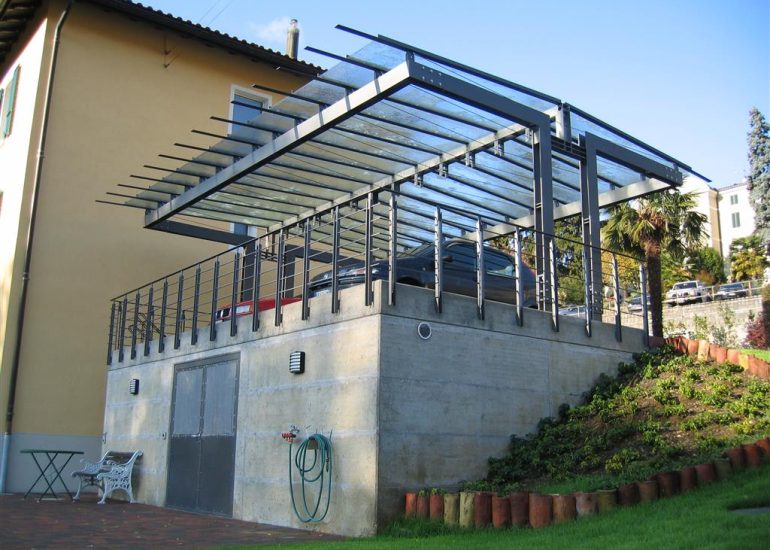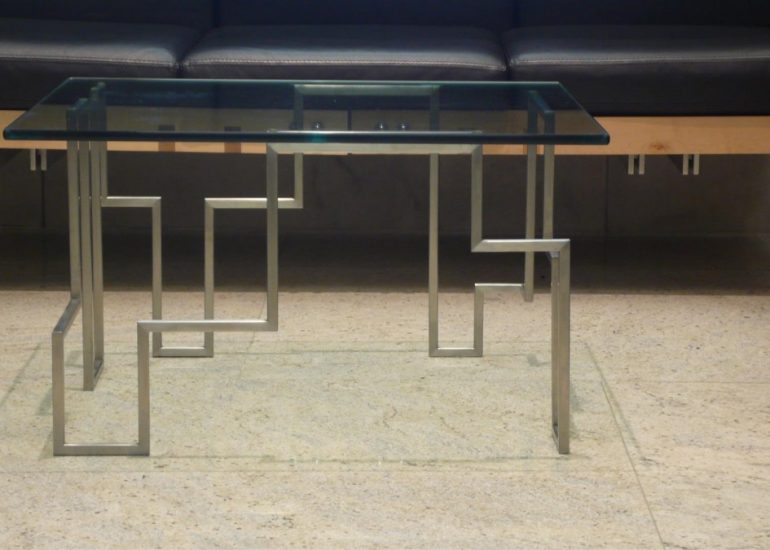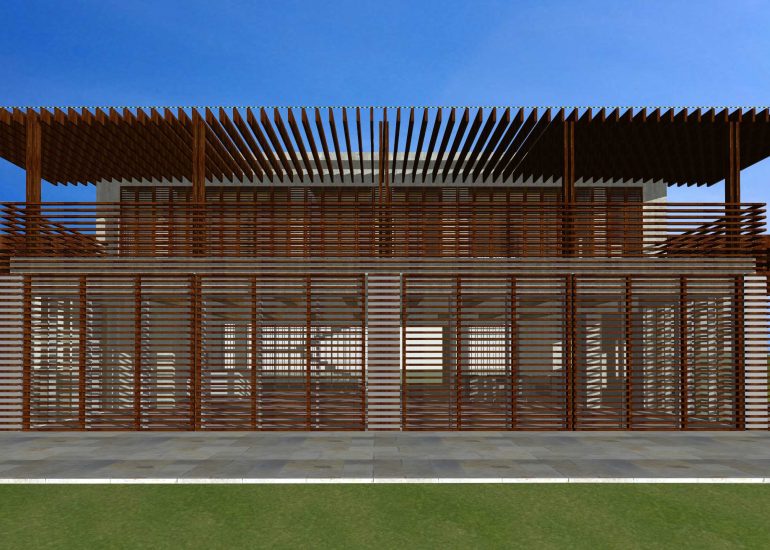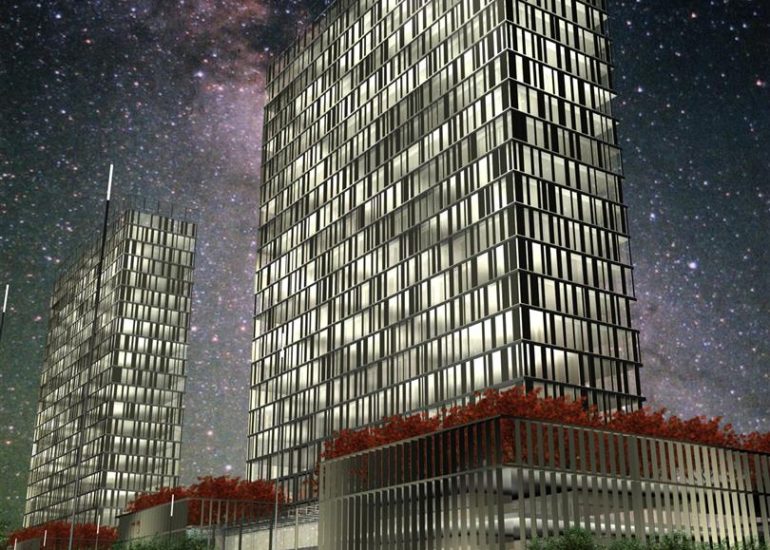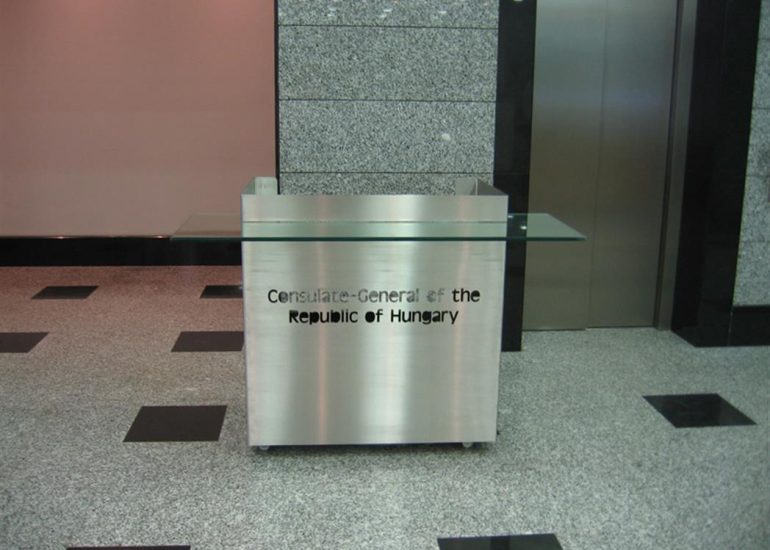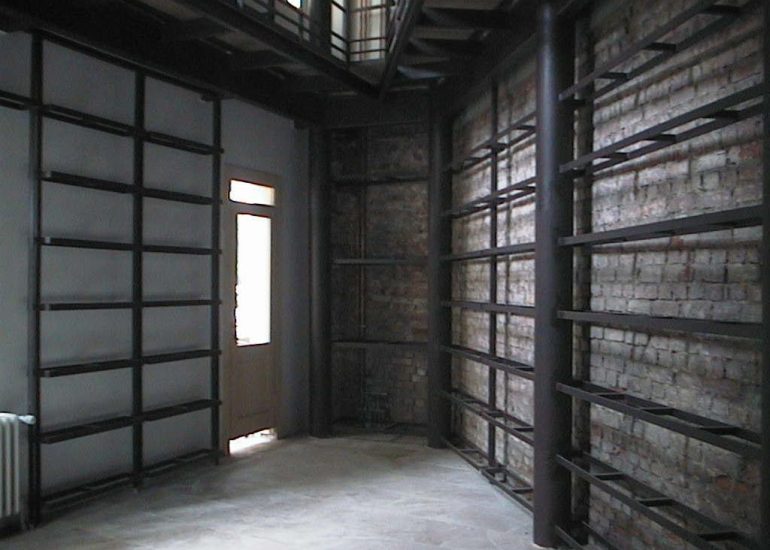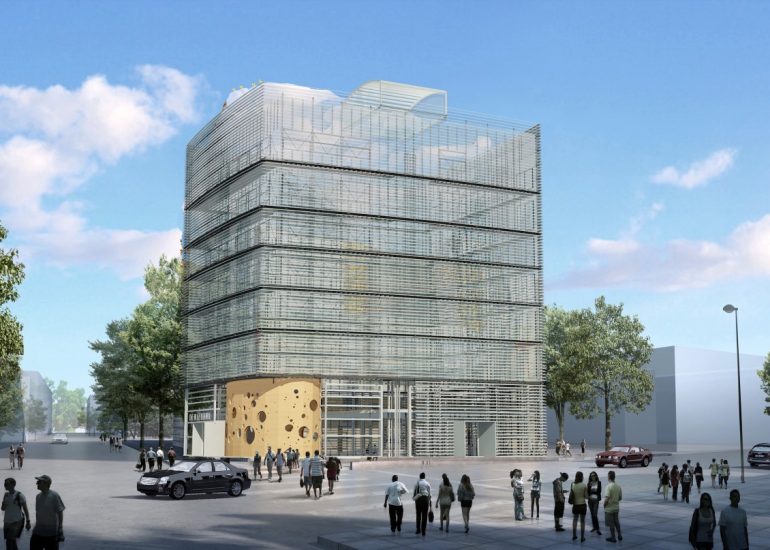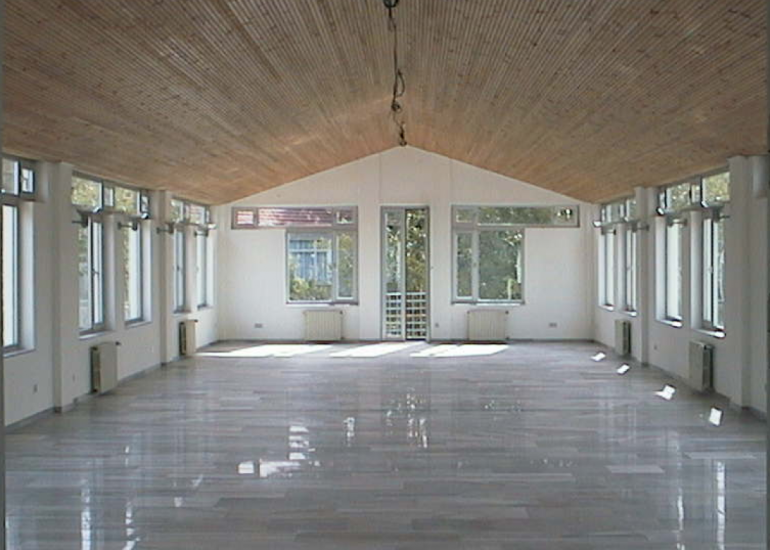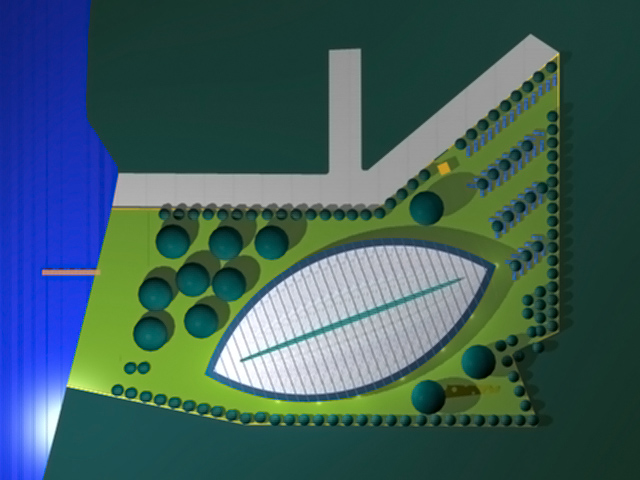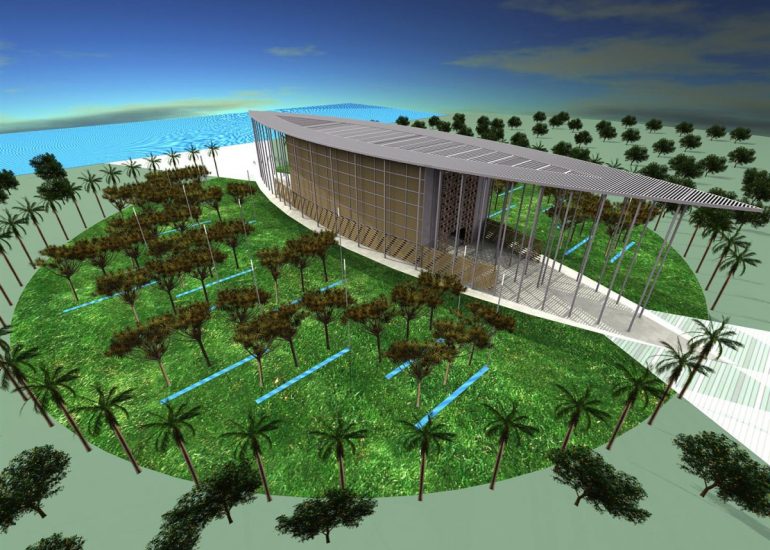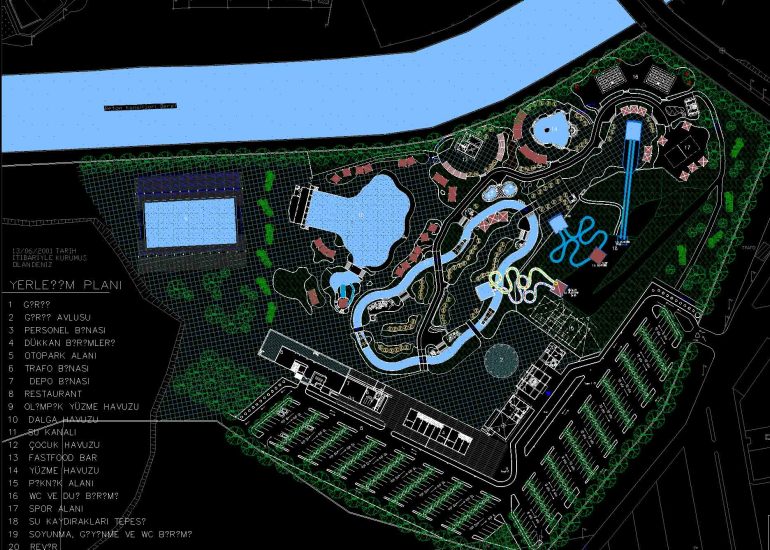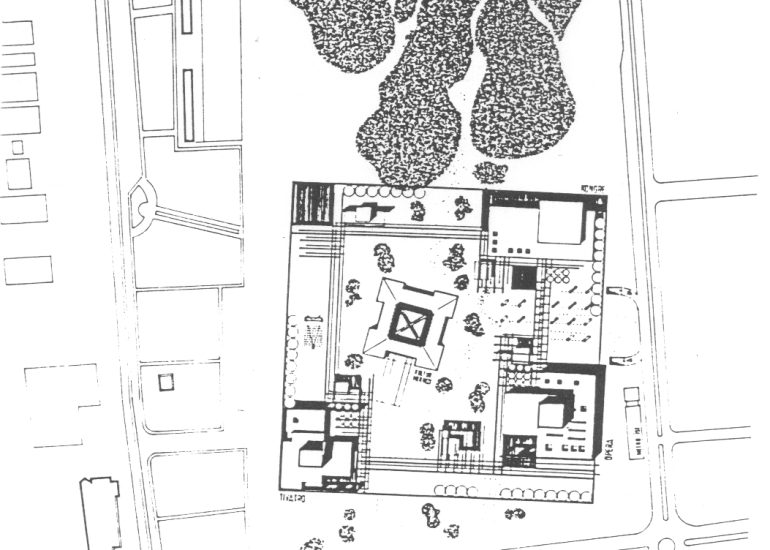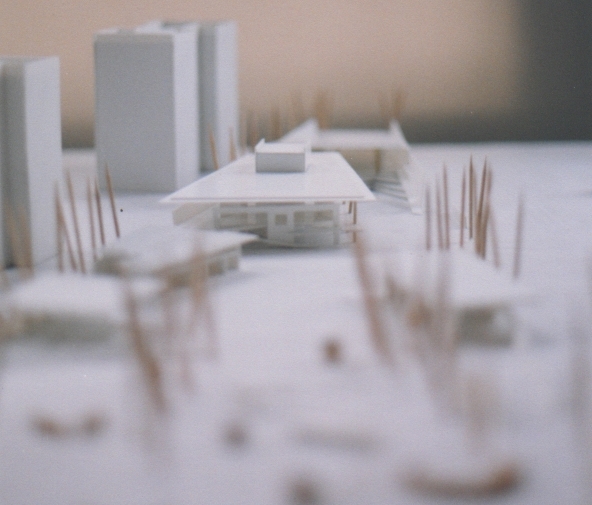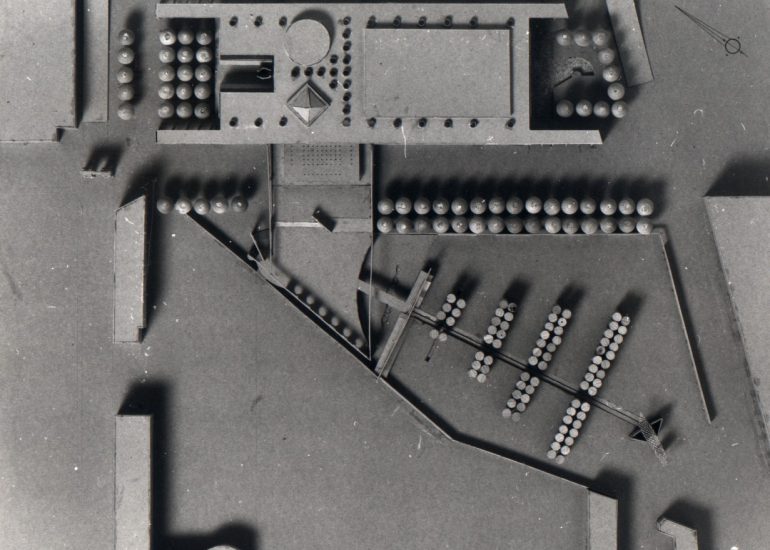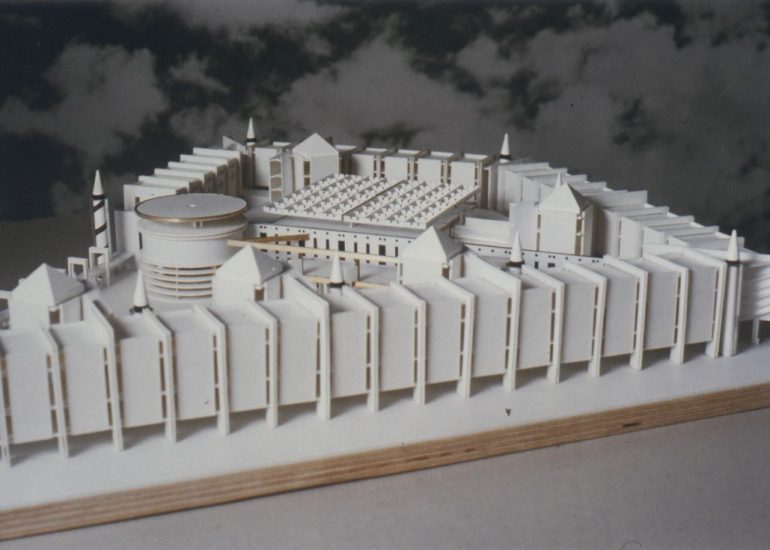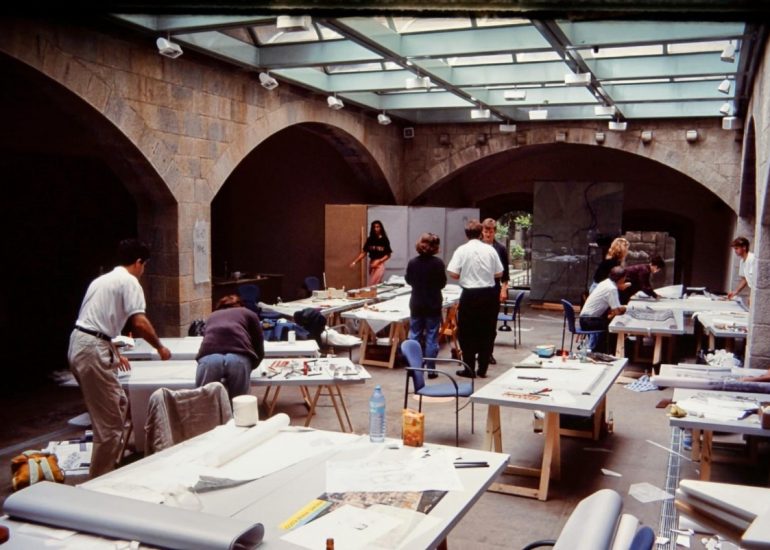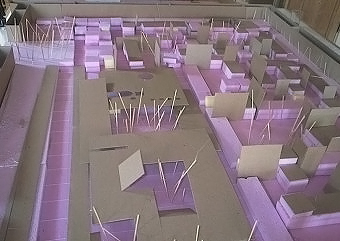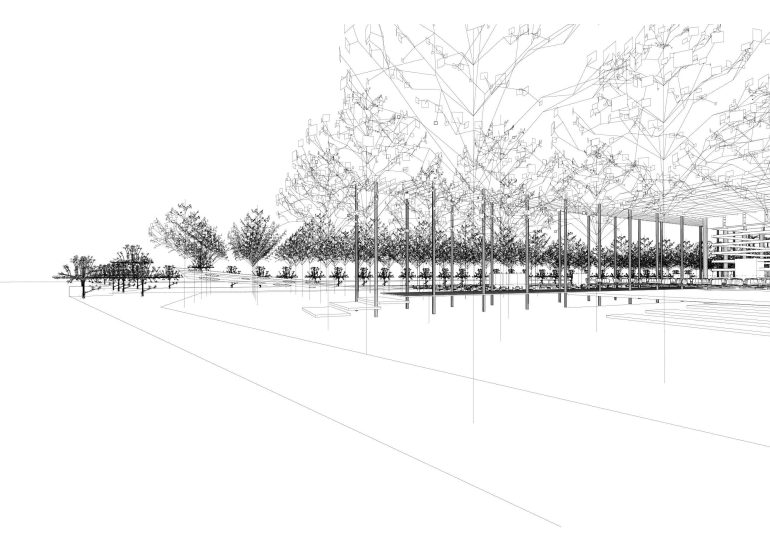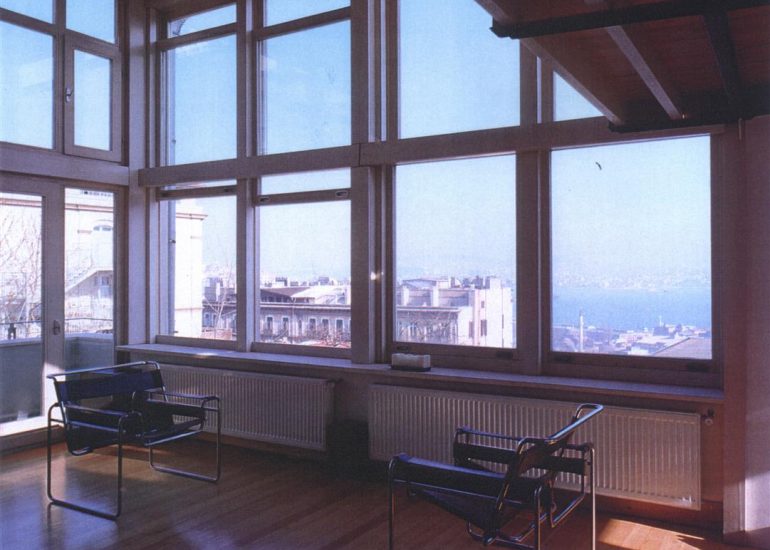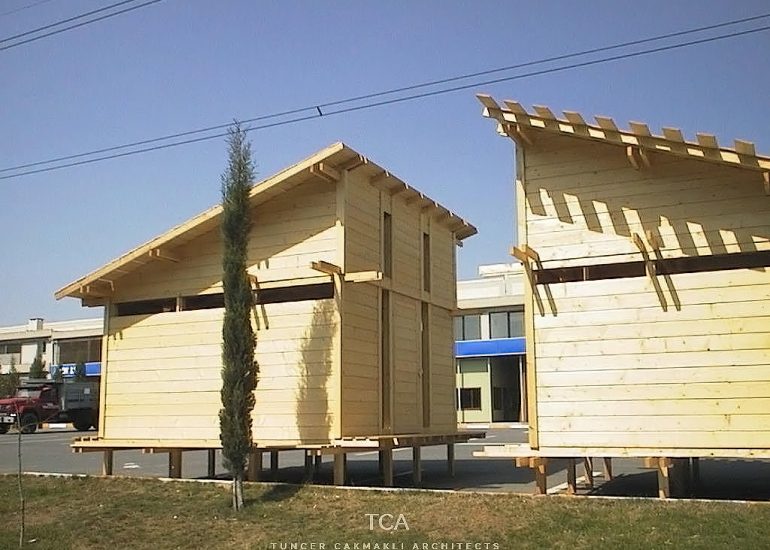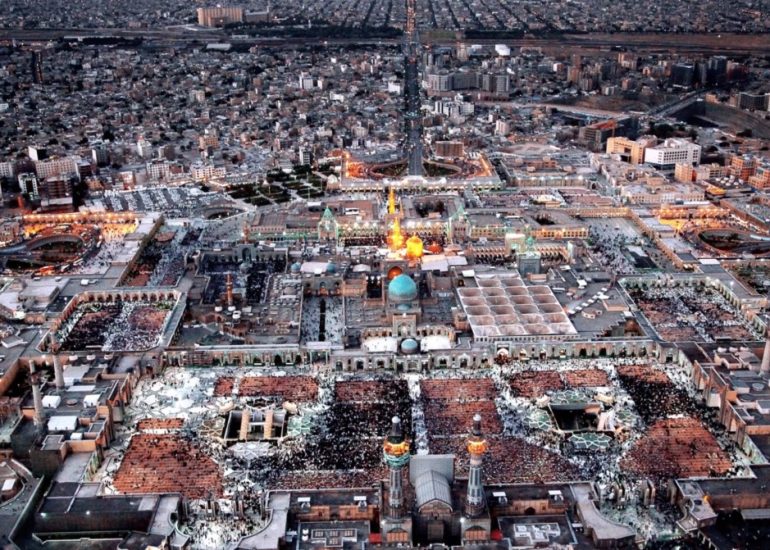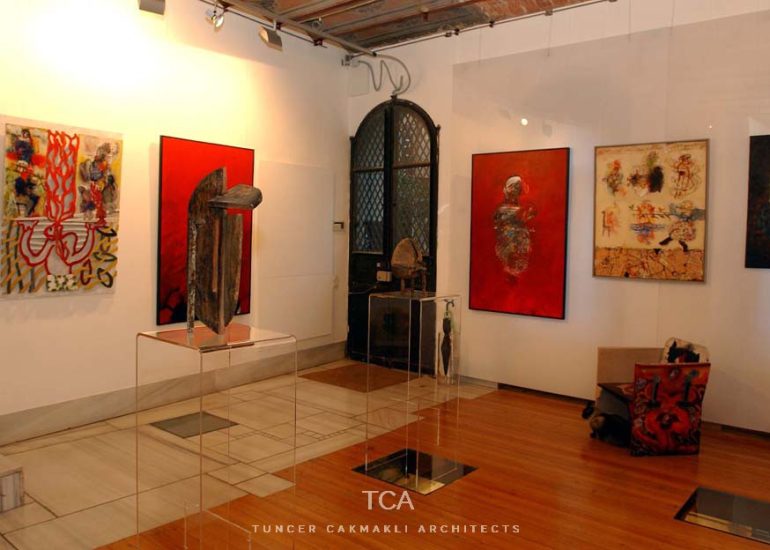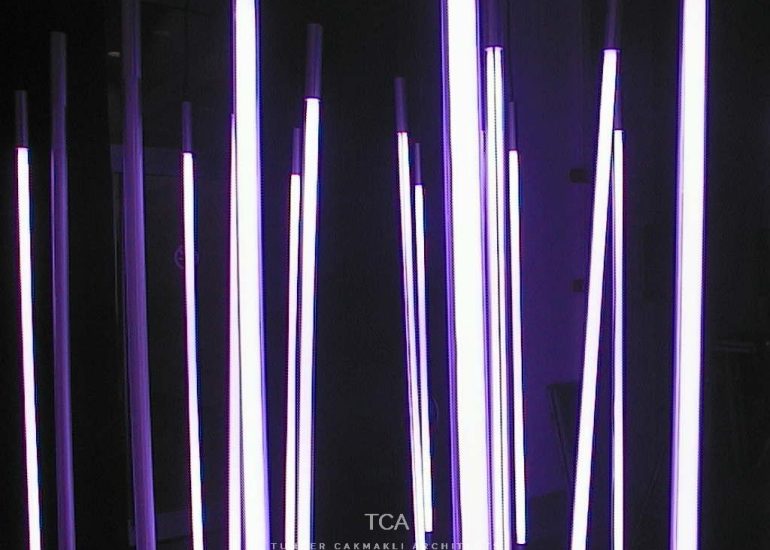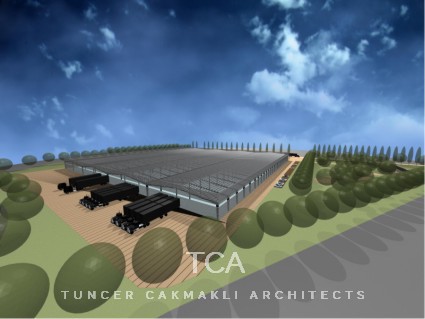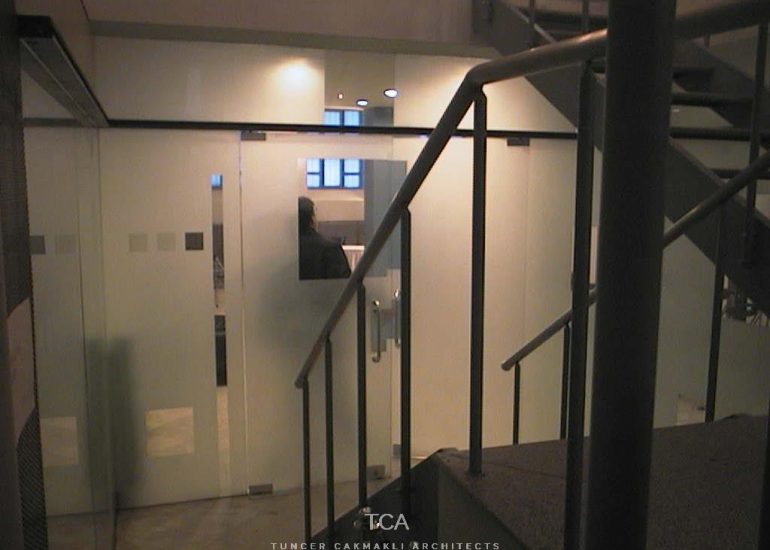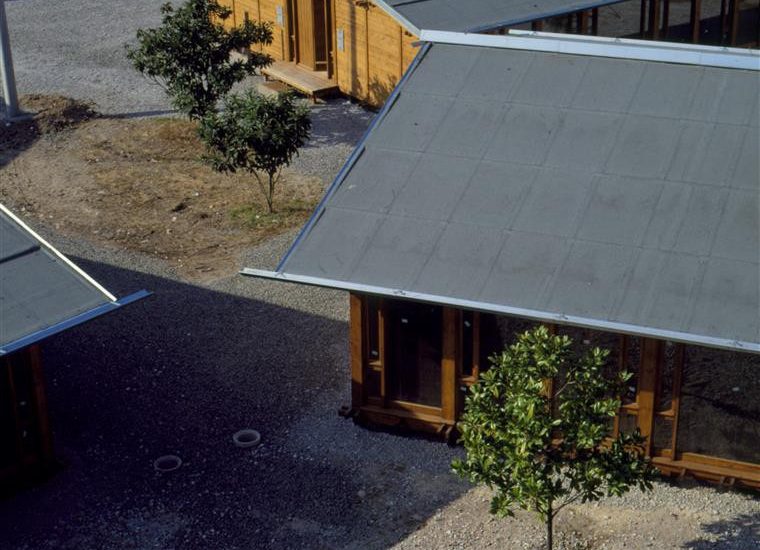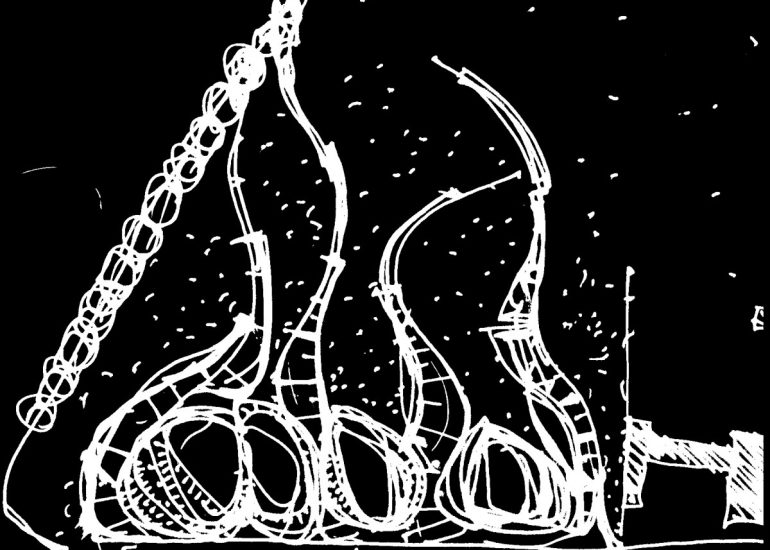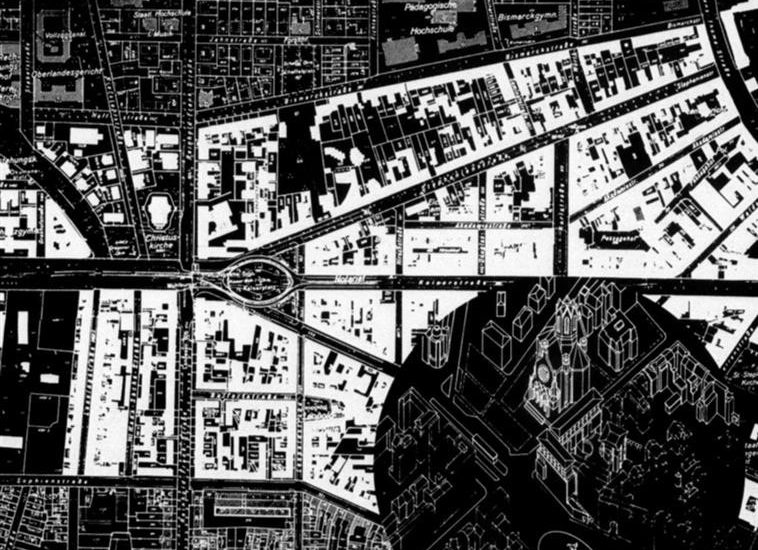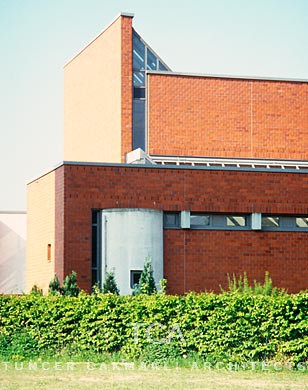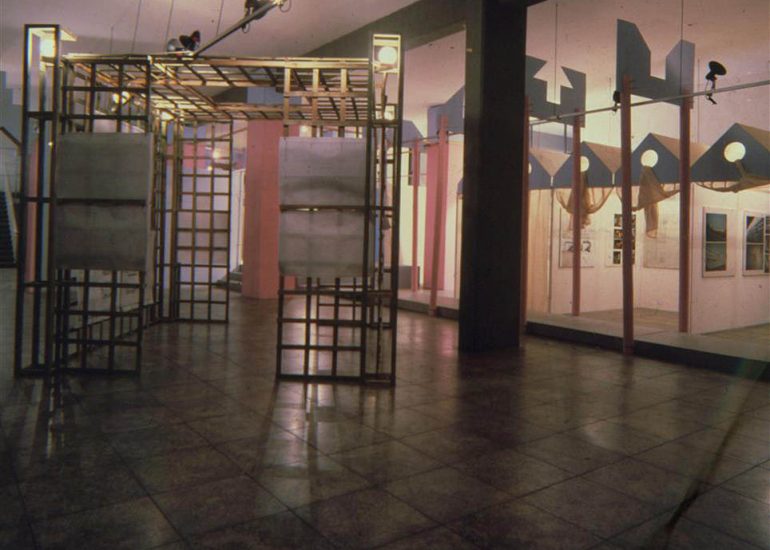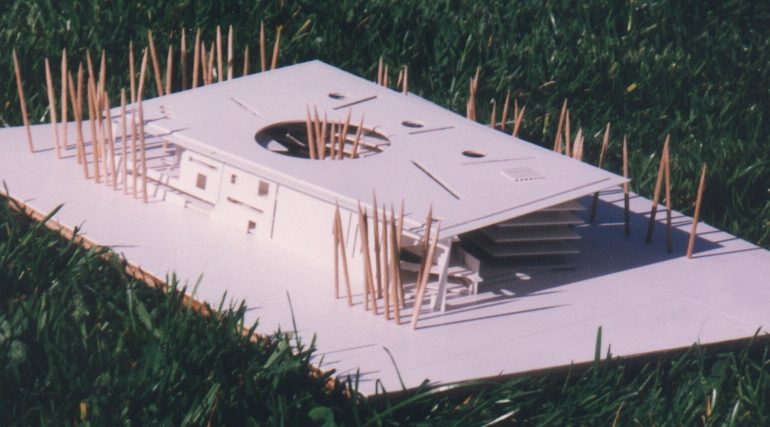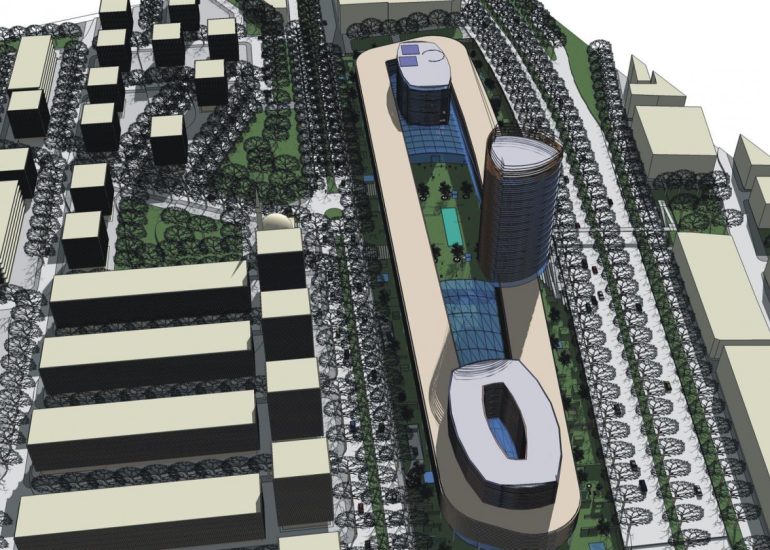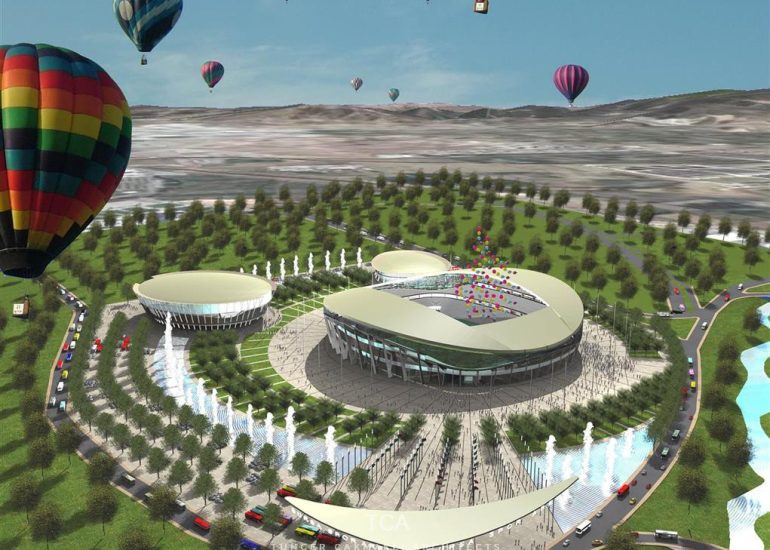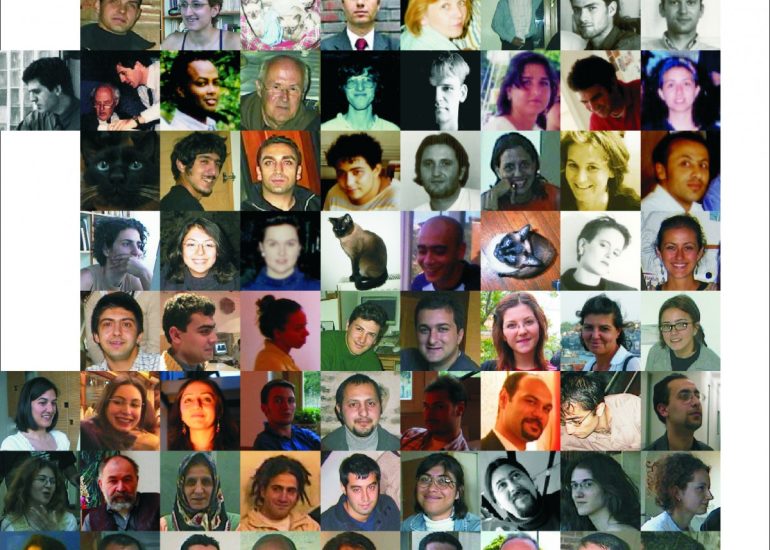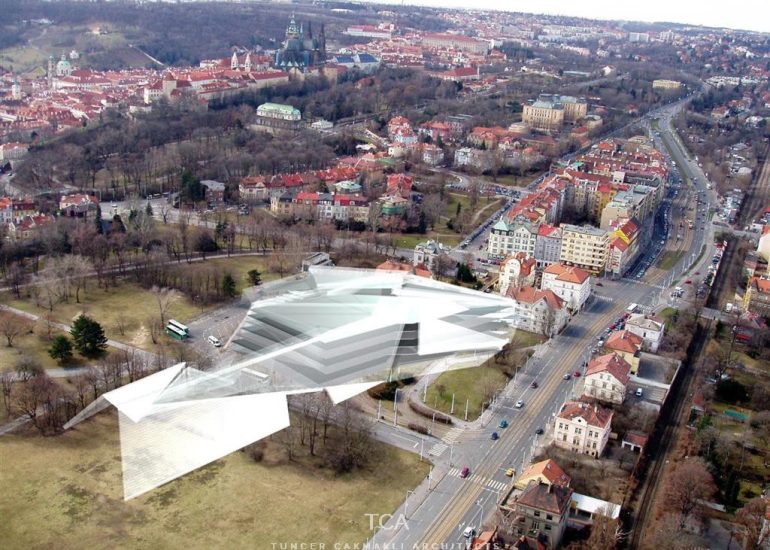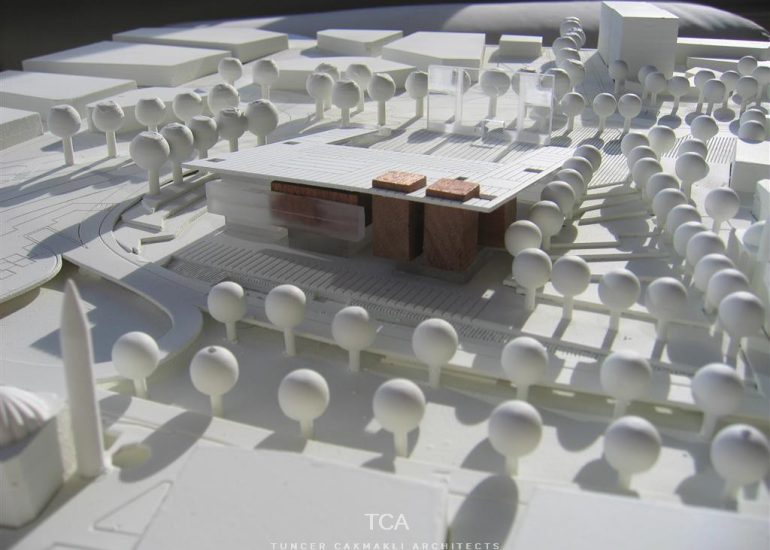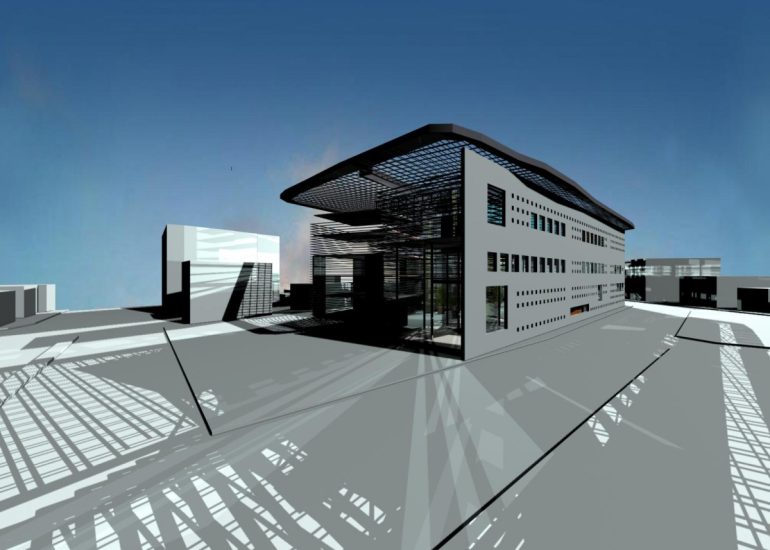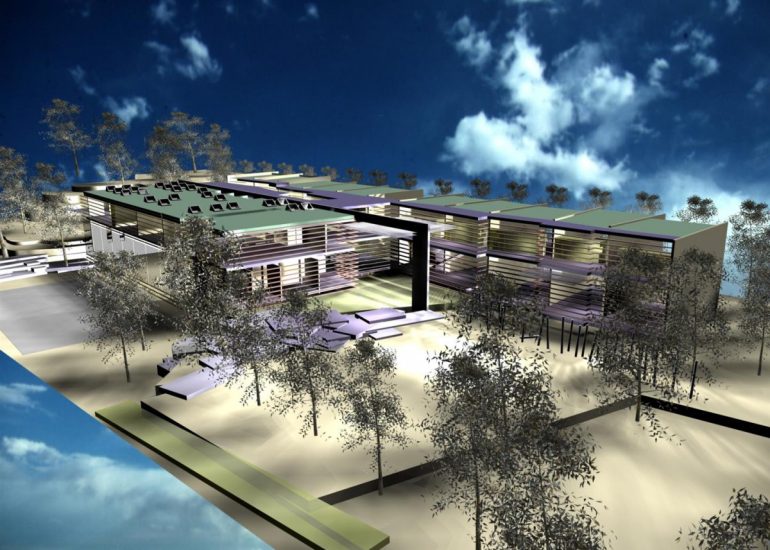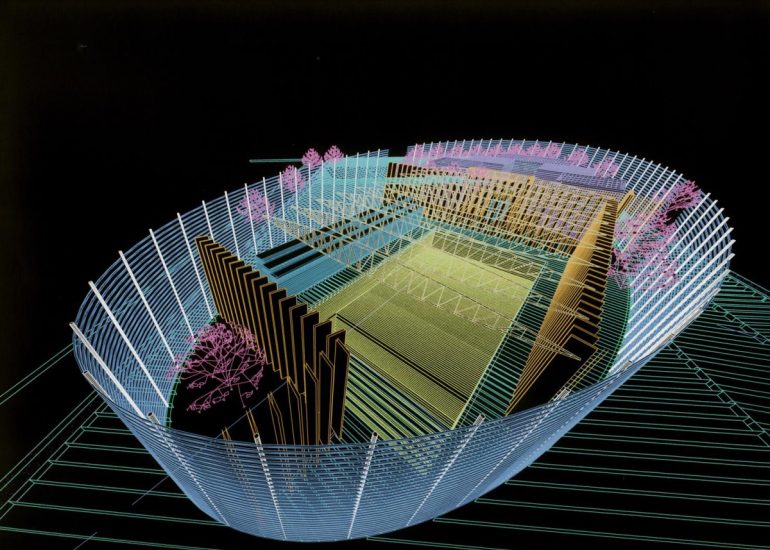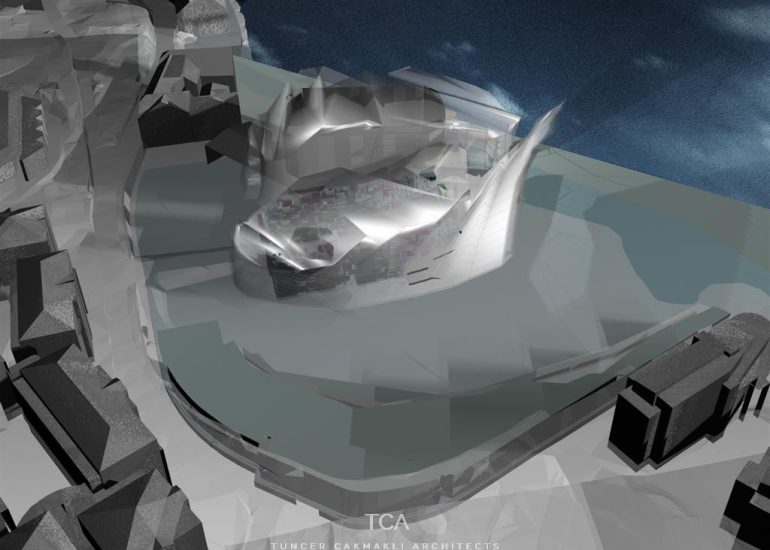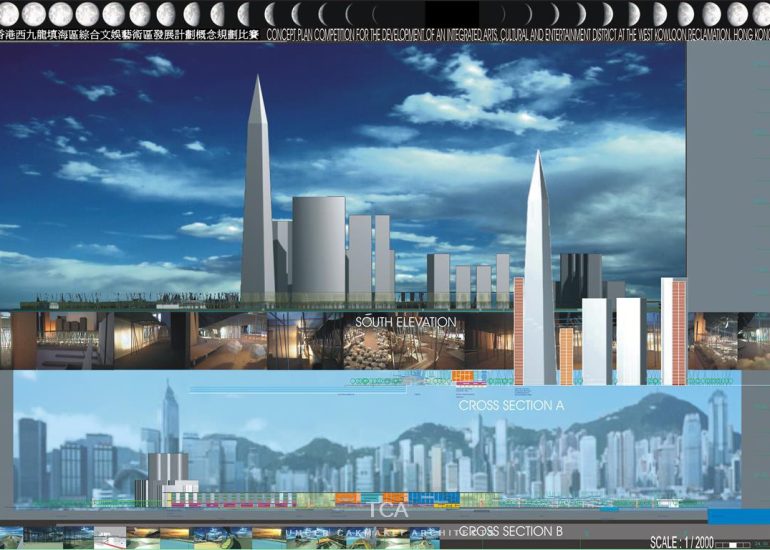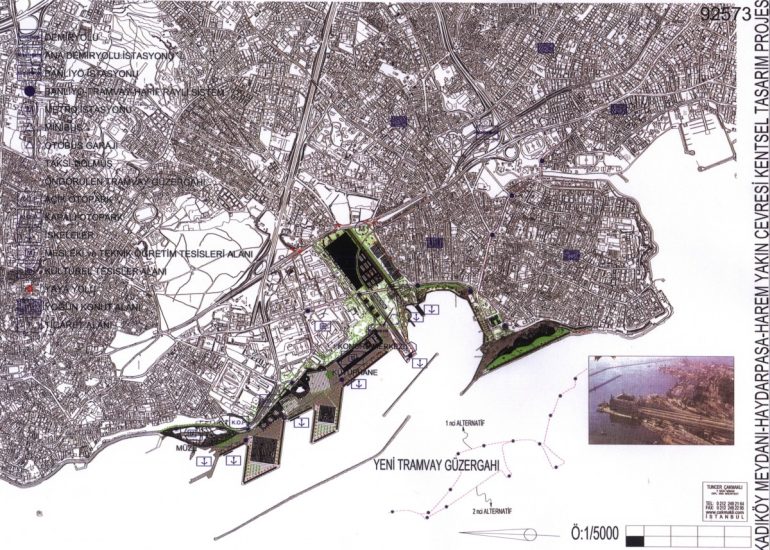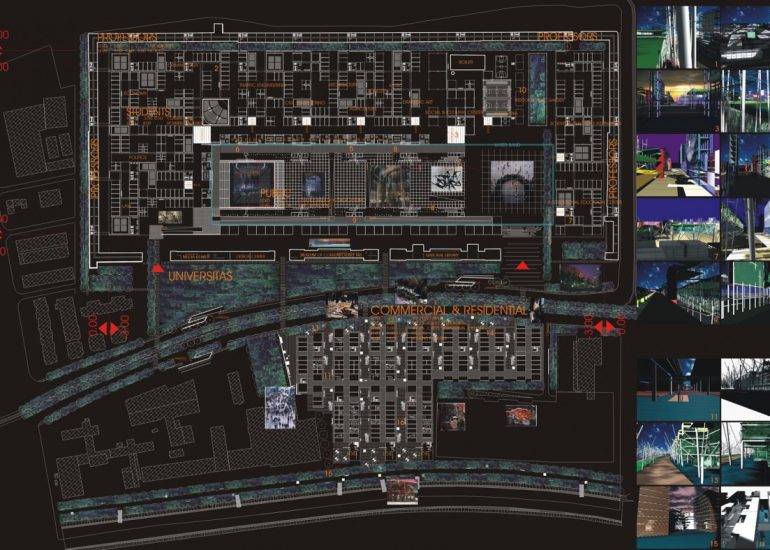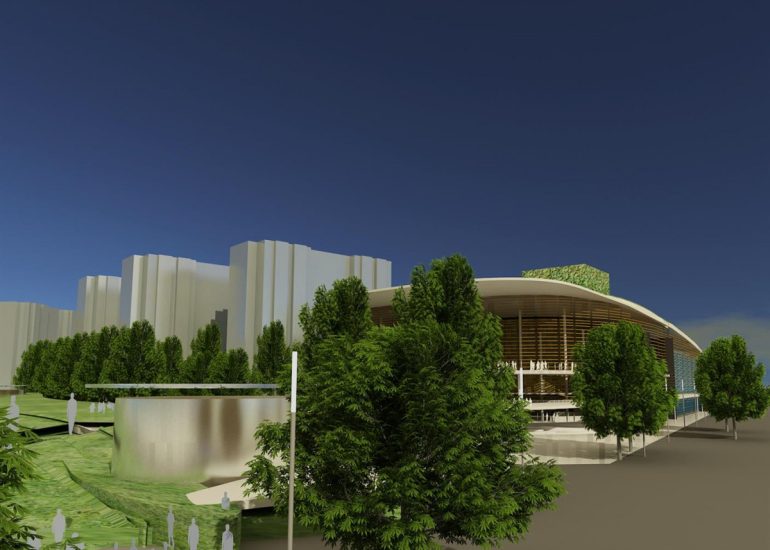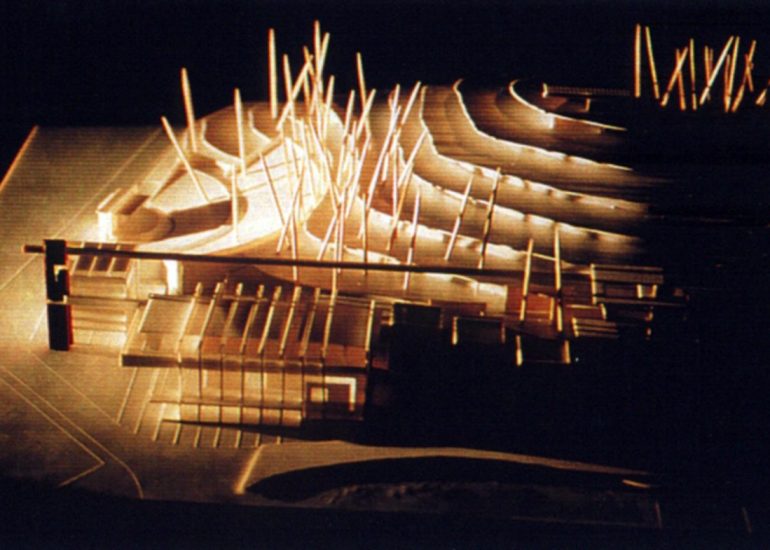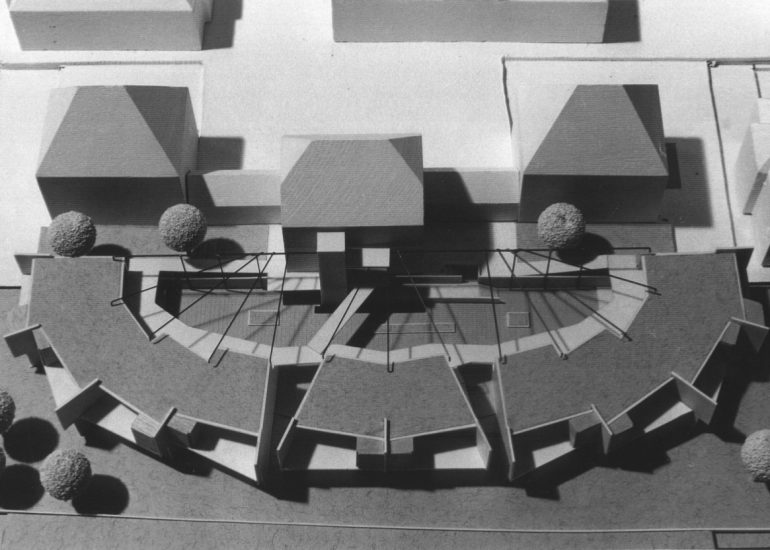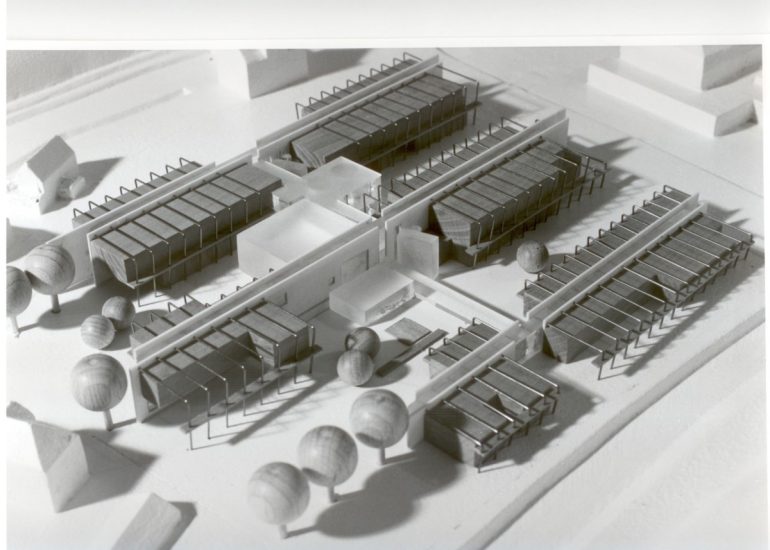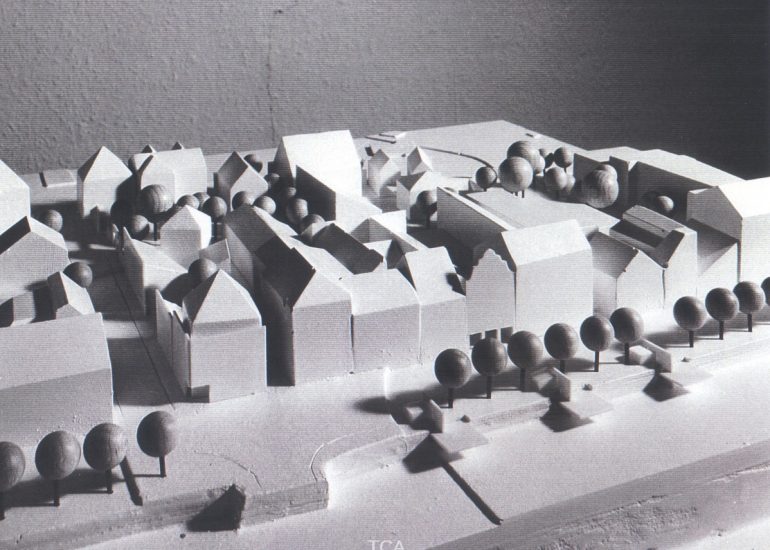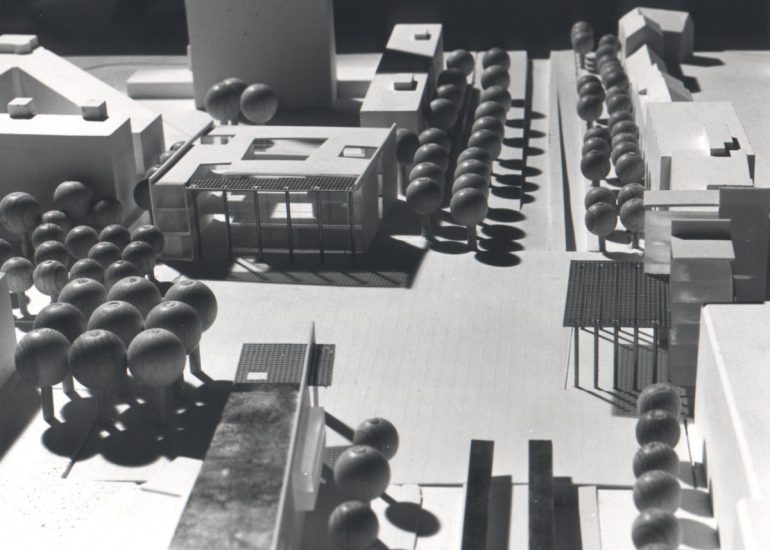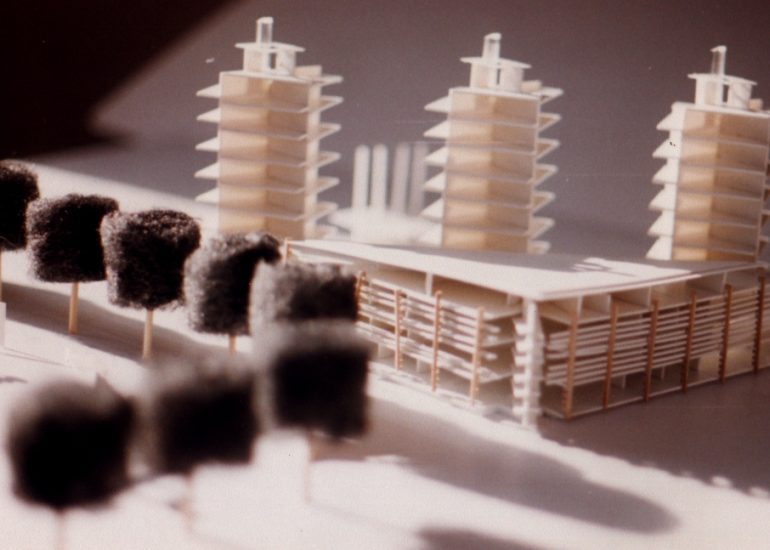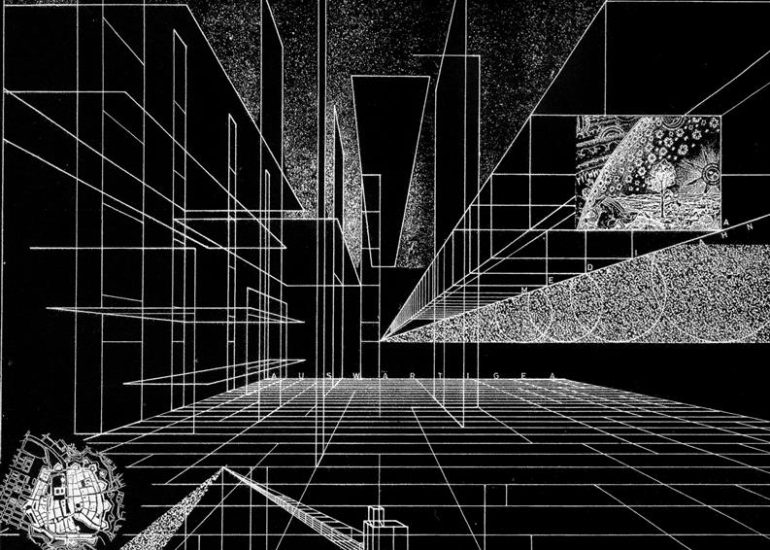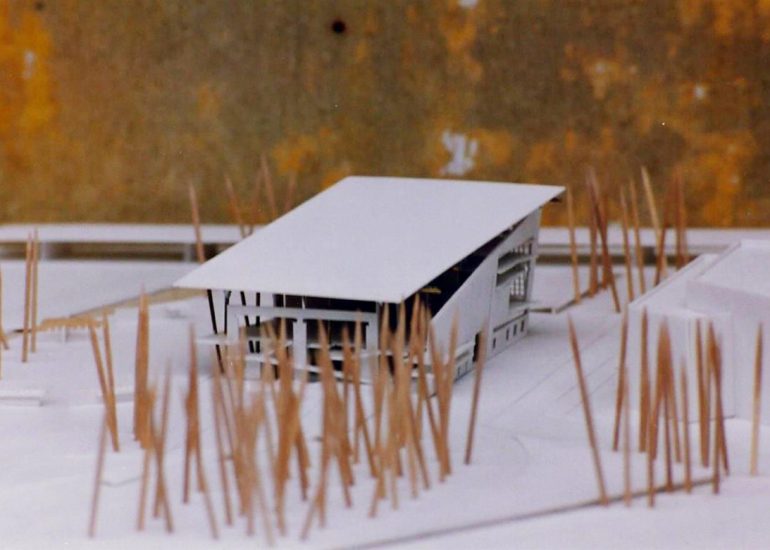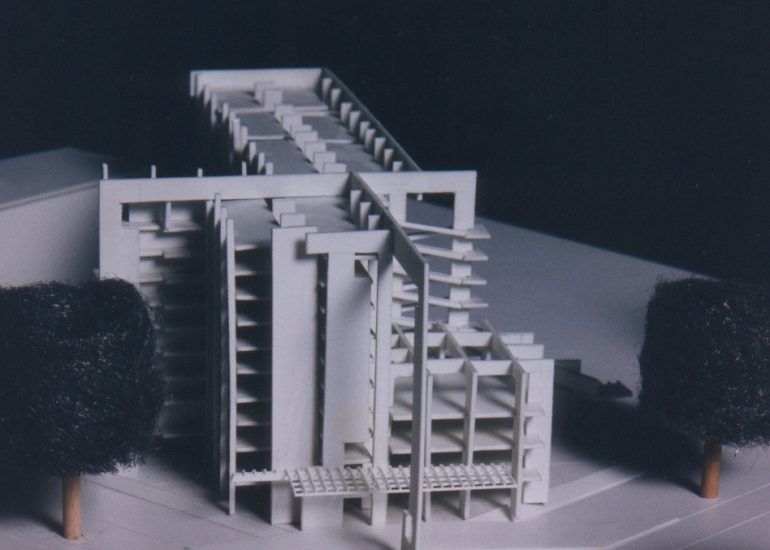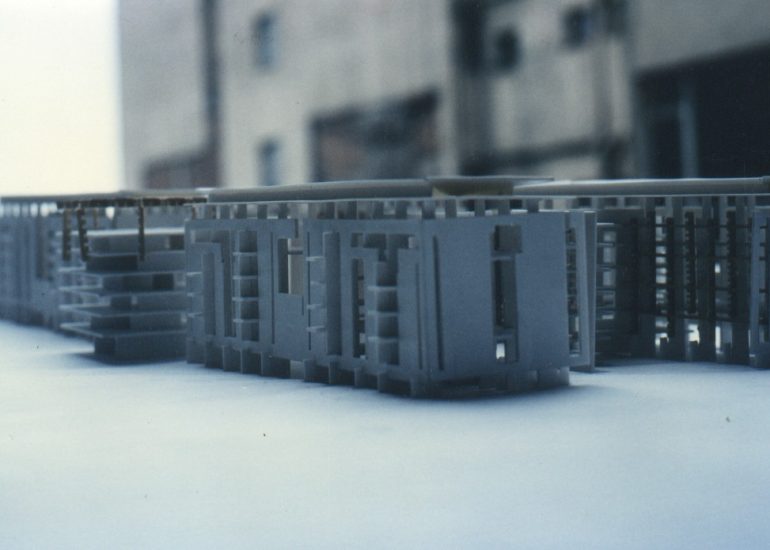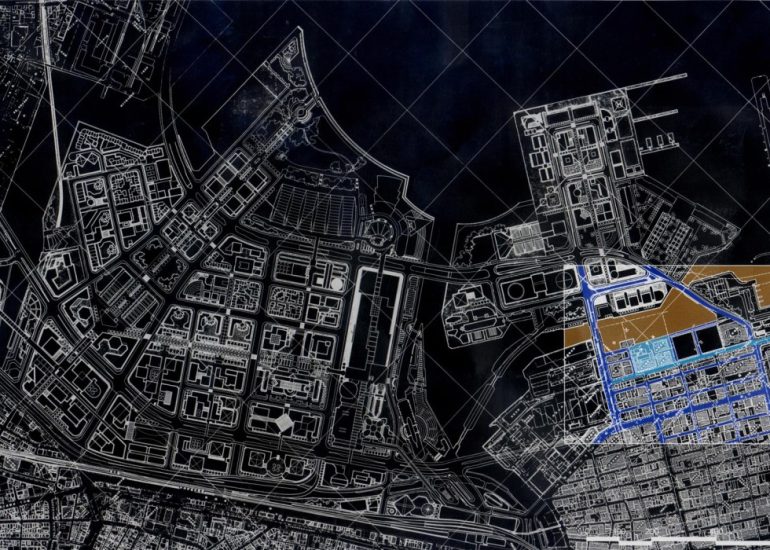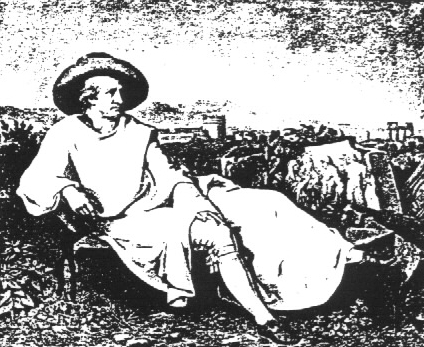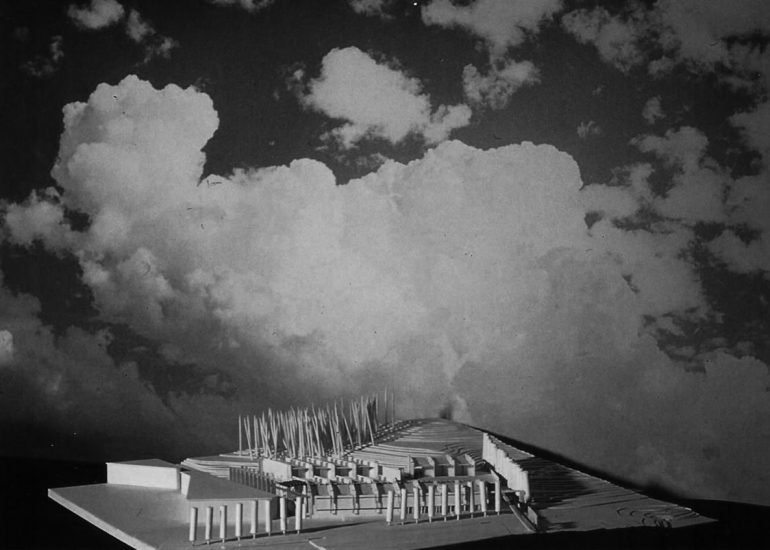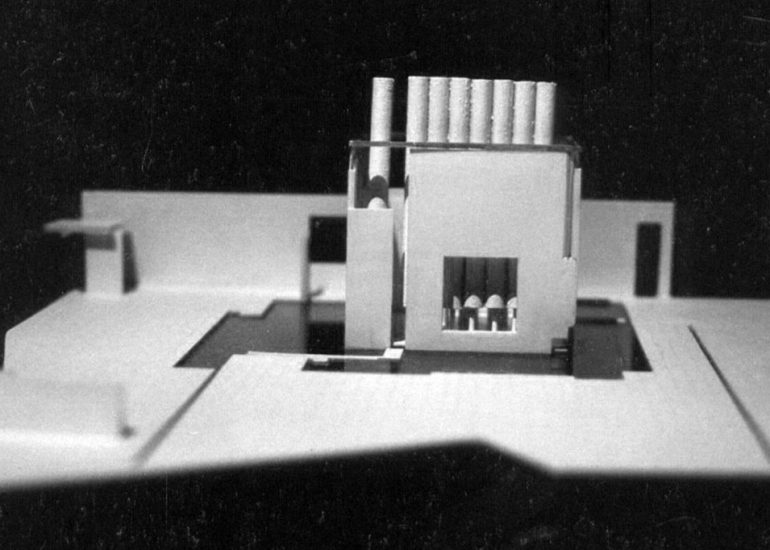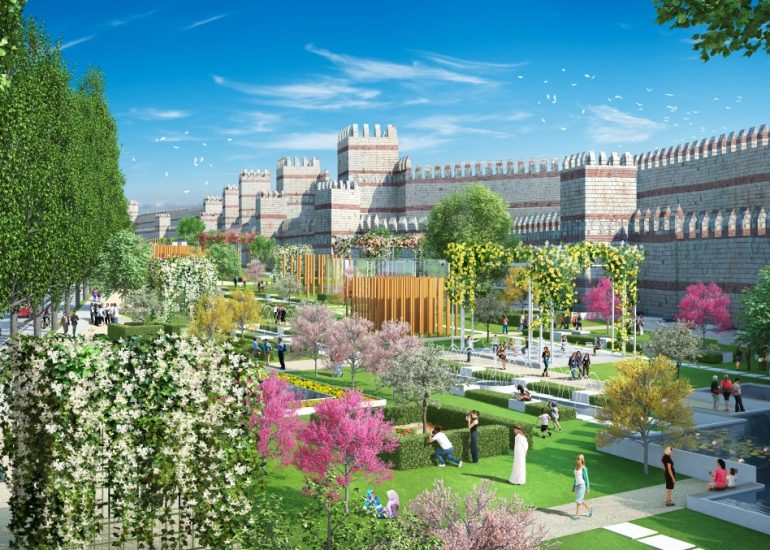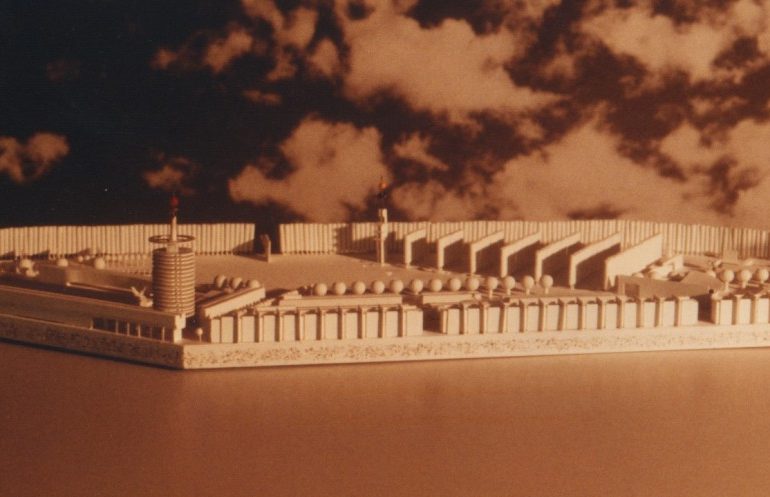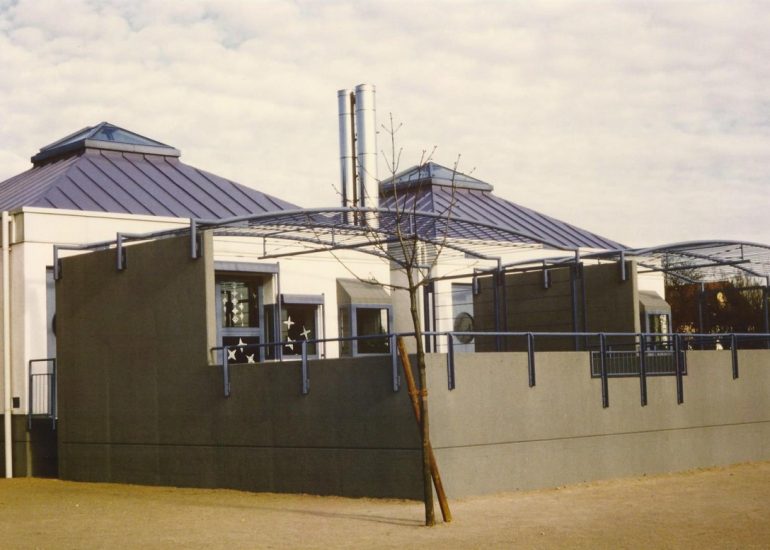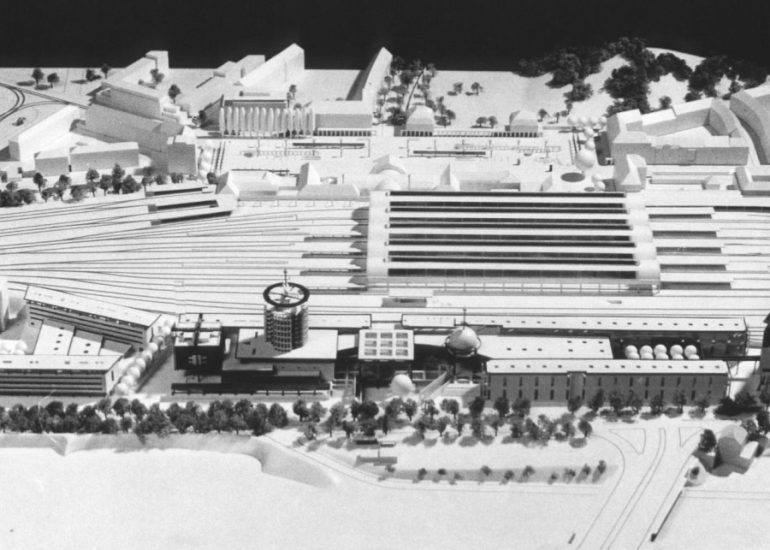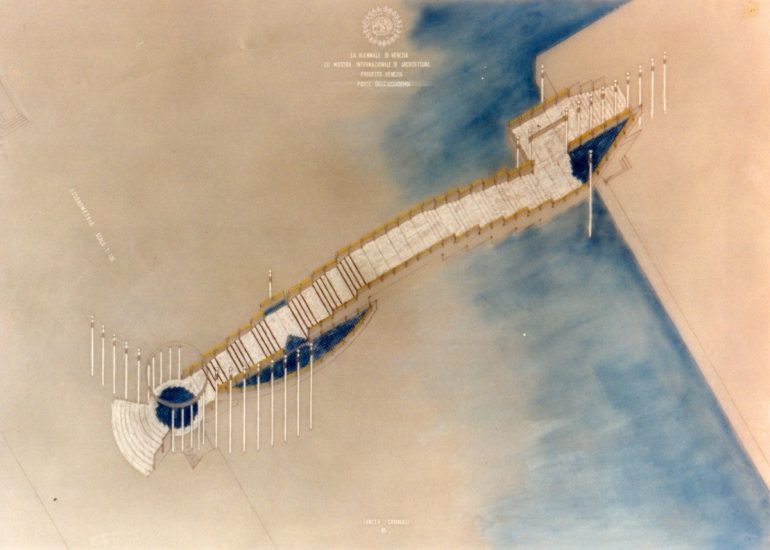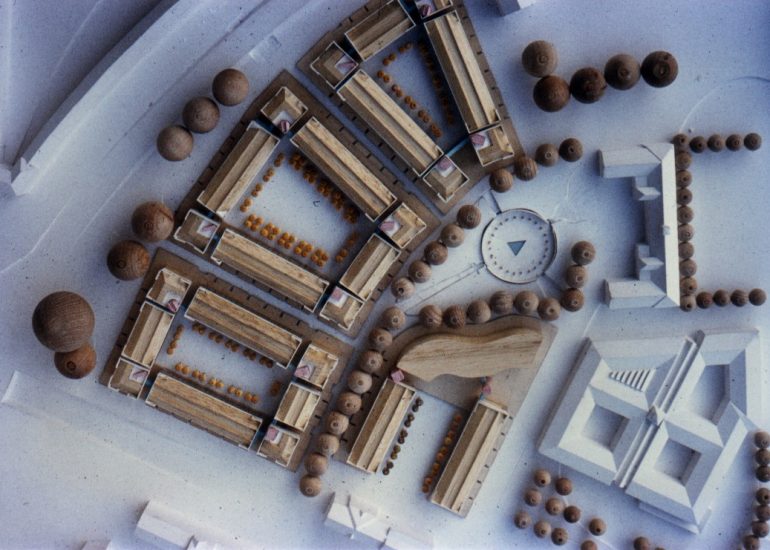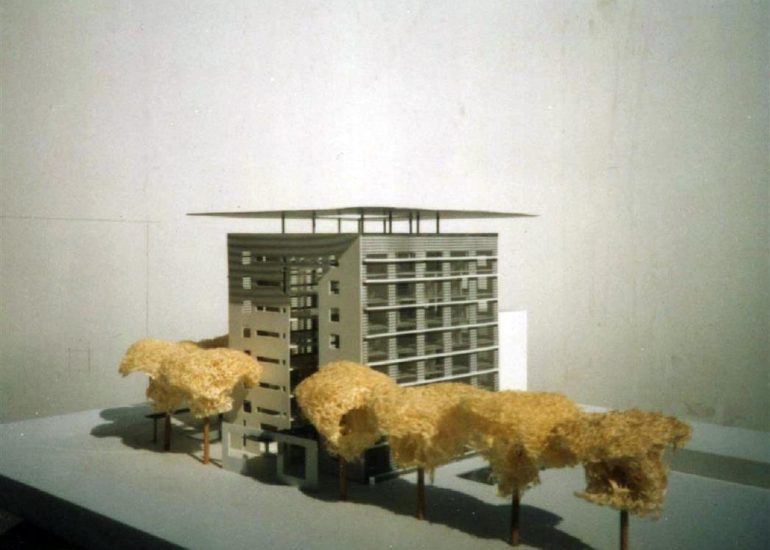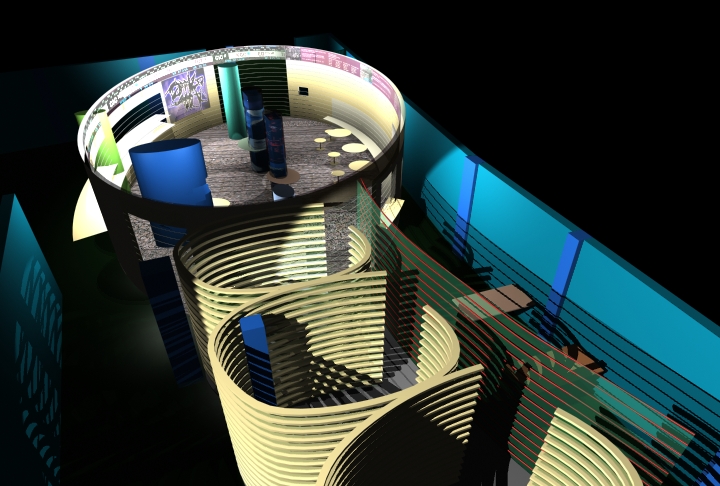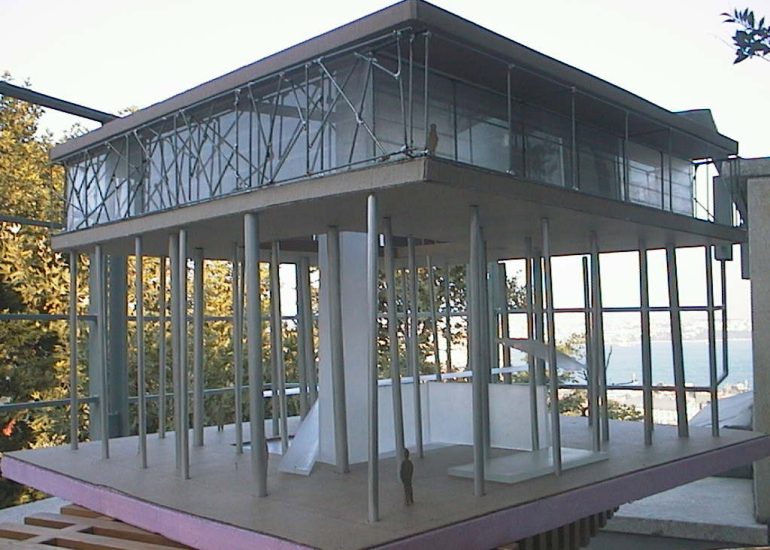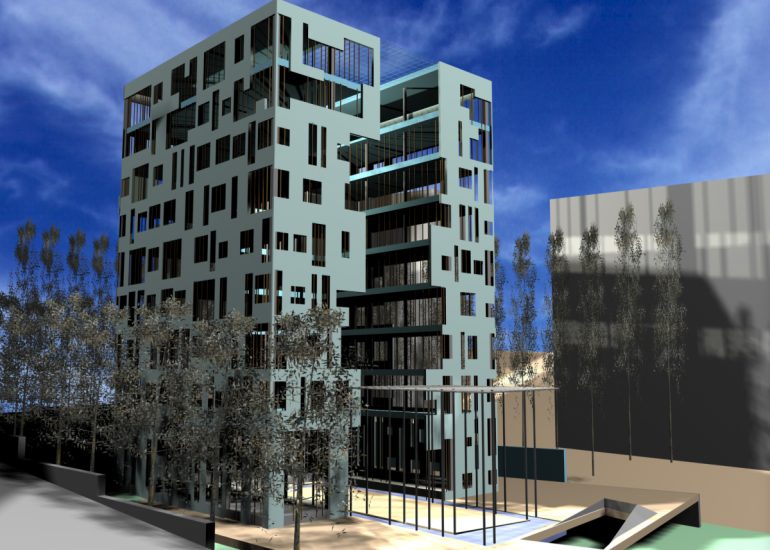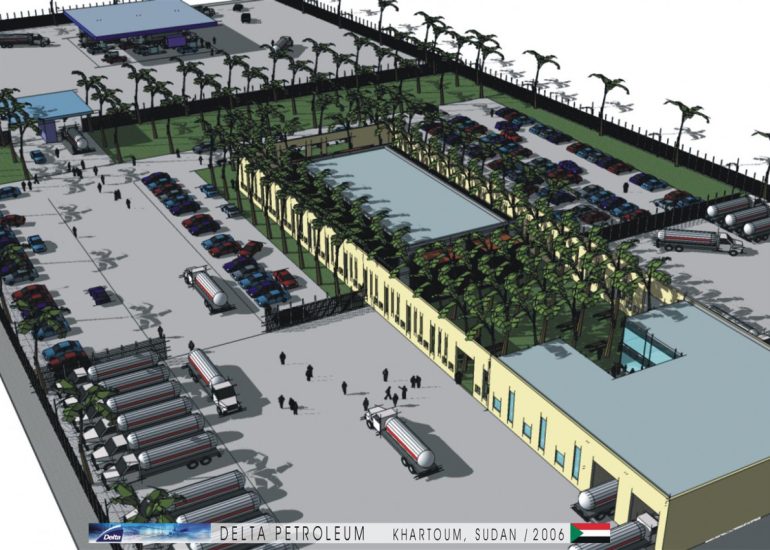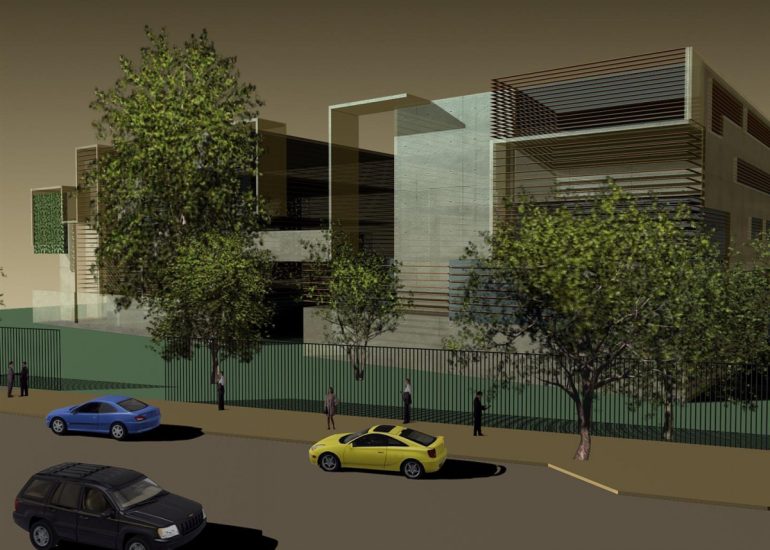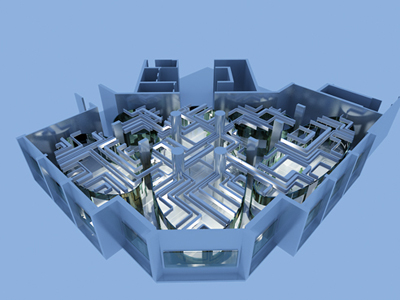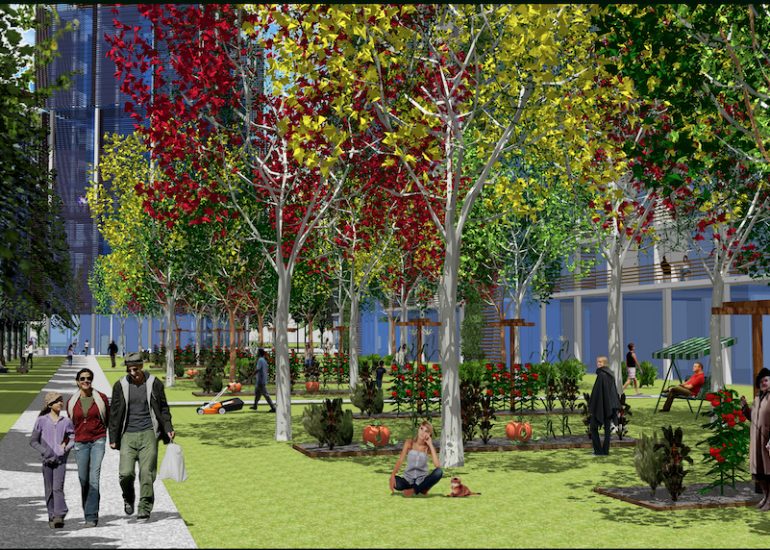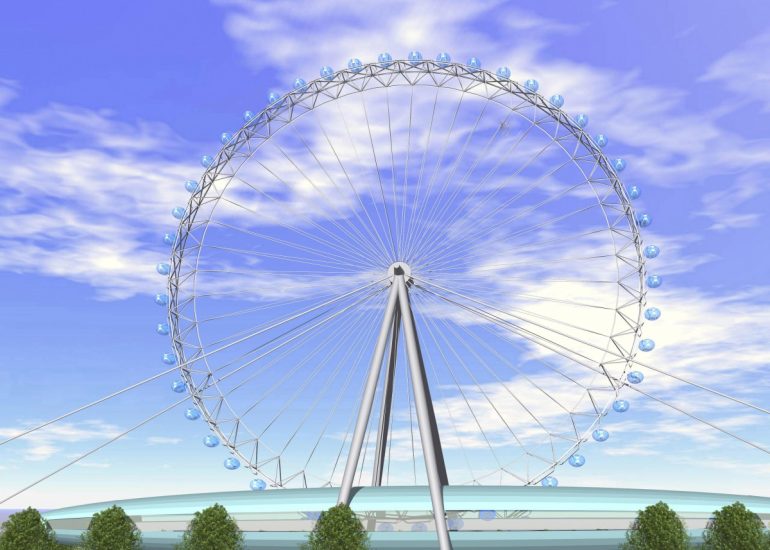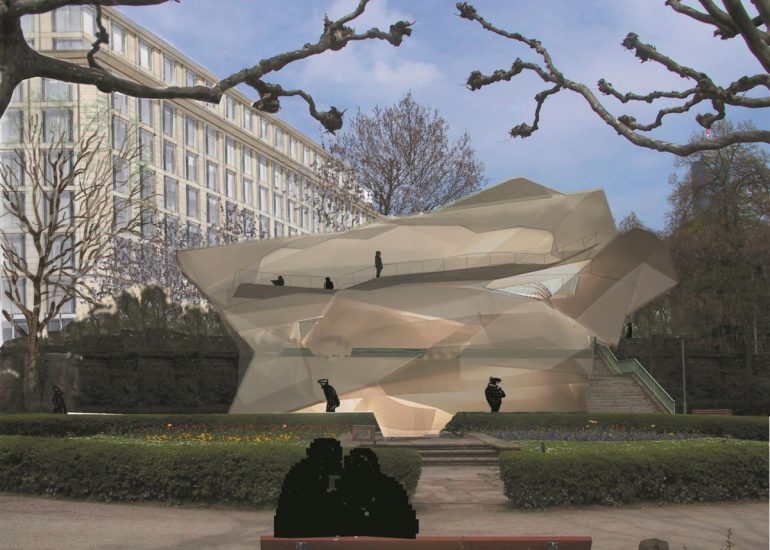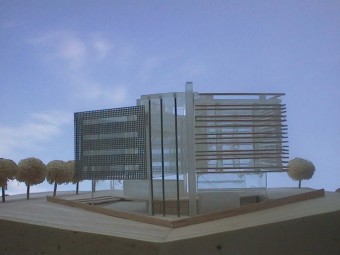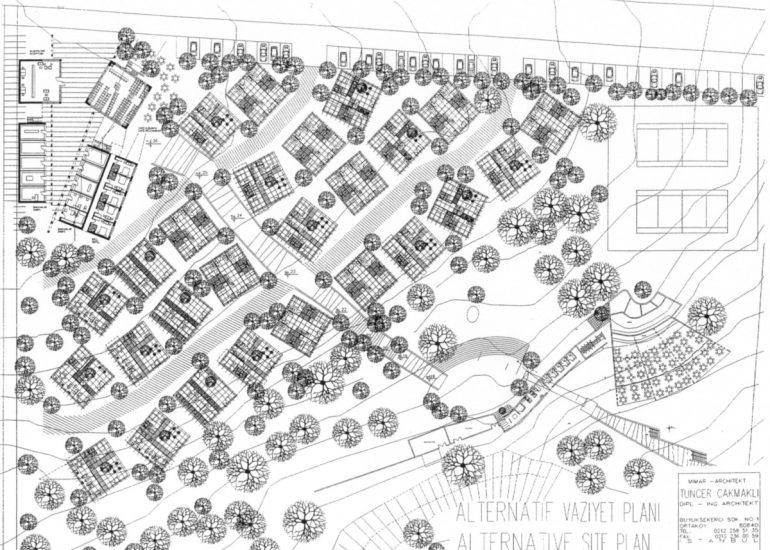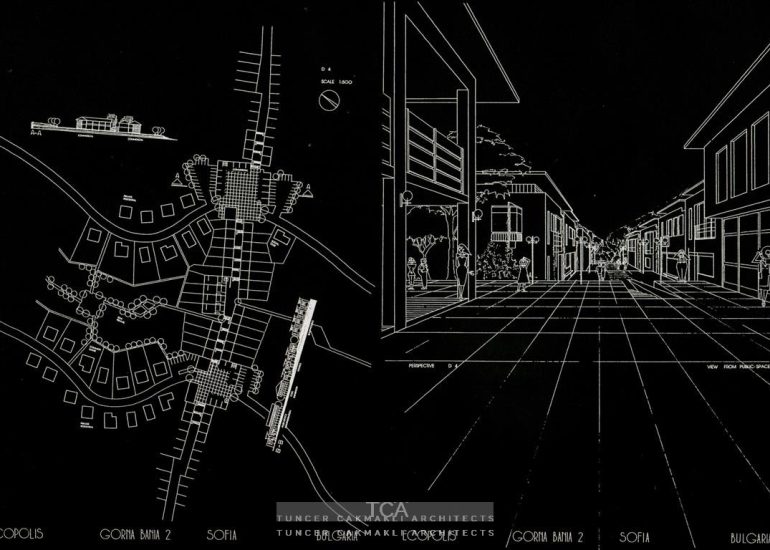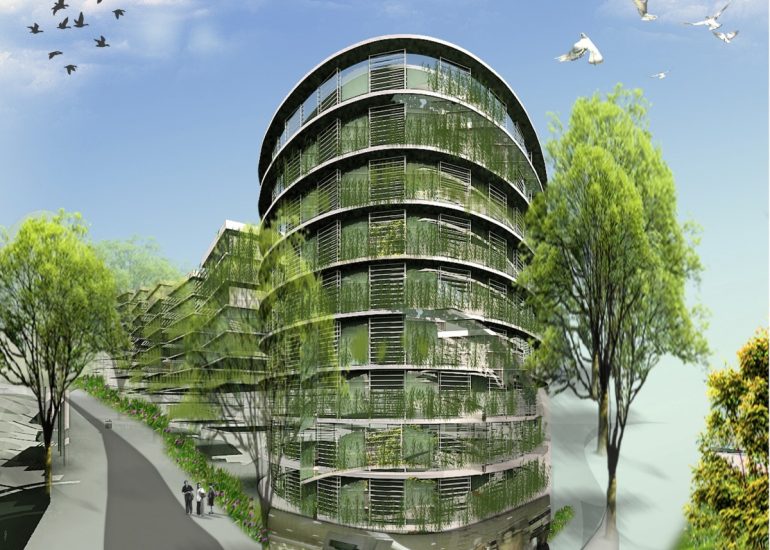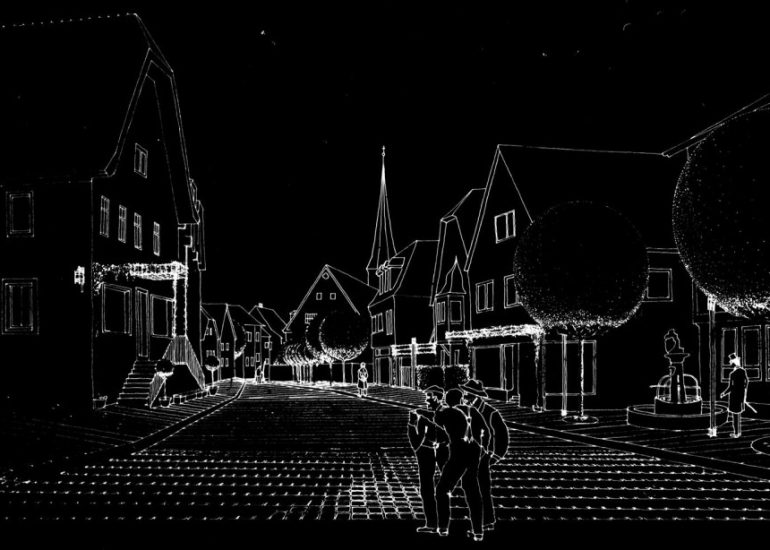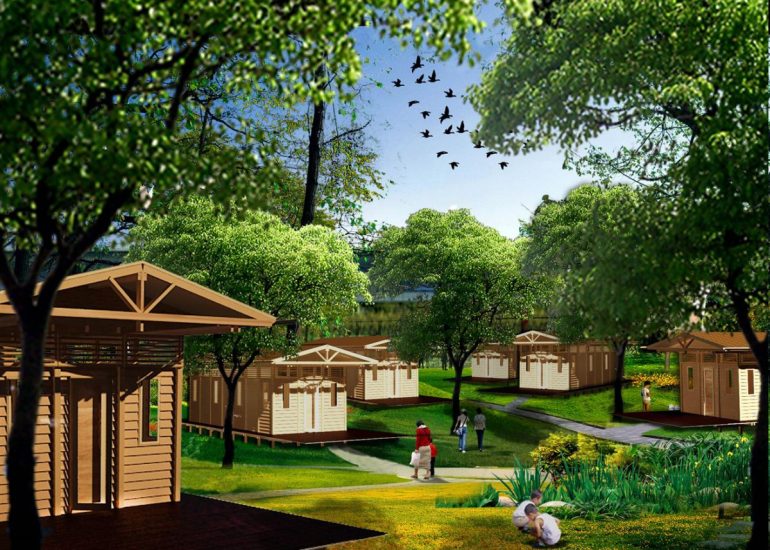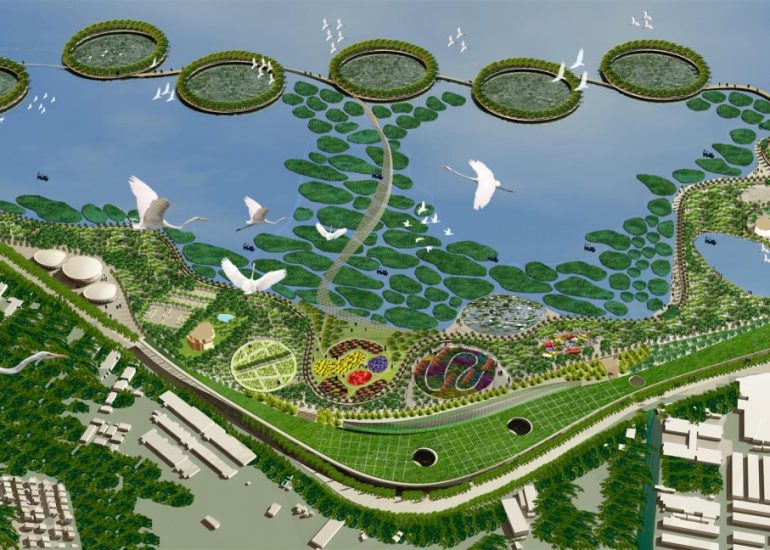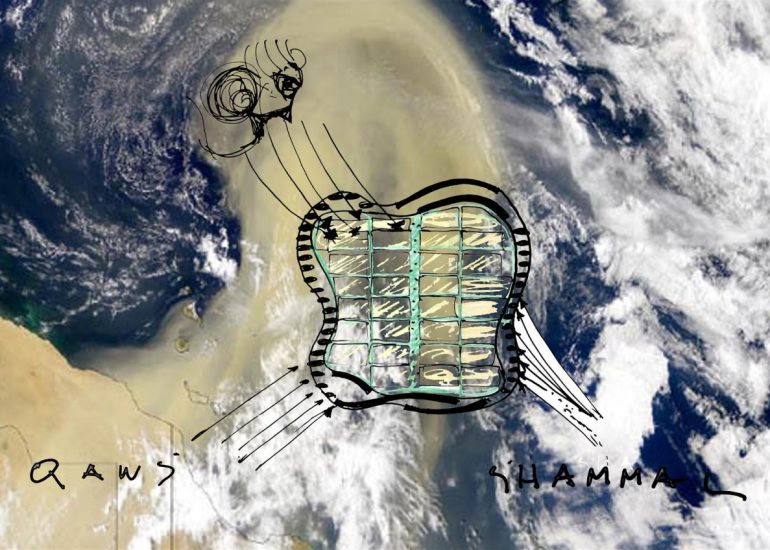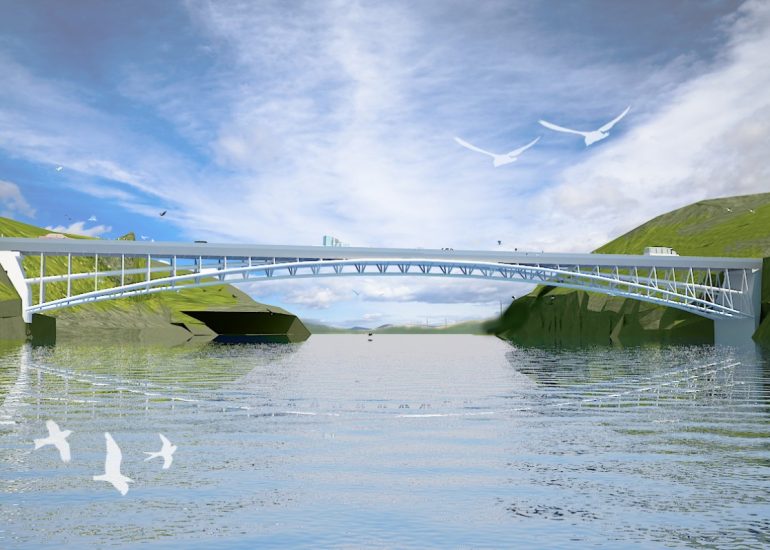German History Museum
BERLIN - GERMANY
In the heart of Berlin, the German History Museum unfolds as a living tableau, weaving the intricate threads of the nation’s past.
AREA
120000
YEAR
1988
Like the verses of a Goethean narrative, the museum’s architectural design serves as a stage where the epochs of German history play out in a visual symphony. The essence of Goethe’s literature, with its depth, introspection, and cultural resonance, finds a visual counterpart within the walls of this monumental institution, transforming history into an immersive art form.
The German Historical Museum, a custodian of national memory, stands as a testament to the enduring spirit of Goethean thought. In its architectural grandeur, there lies a careful choreography of spaces that echo the rhythms of Germany’s historical odyssey. Each gallery, like a stanza in a Goethean poem, invites visitors to traverse the corridors of time, where history is not merely a sequence of events but a profound exploration of the human experience.
Within these walls, the artifacts and exhibits become characters in the drama of German history, embodying the themes and nuances that Goethe so eloquently captured in his literary masterpieces. The architecture of the museum, reminiscent of Goethe’s emphasis on unity and coherence, serves as a vessel for collective memory, preserving and presenting the narratives that have shaped the German identity.
As visitors move through the museum, it is not merely a journey through time but a voyage through the collective consciousness of a nation. The German Historical Museum, in the artful spirit of Goethean literature, becomes a repository where history transcends mere facts, transforming into a reflective and contemplative experience.
This introduction invites exploration into the German Historical Museum in Berlin, where the architecture becomes a canvas for the nation’s narrative, echoing the poetic cadence of Goethe’s literature and inviting all who enter to immerse themselves in the profound tapestry of German history.
Budget:80.000.000 Euro
Location:Berlin,Germany
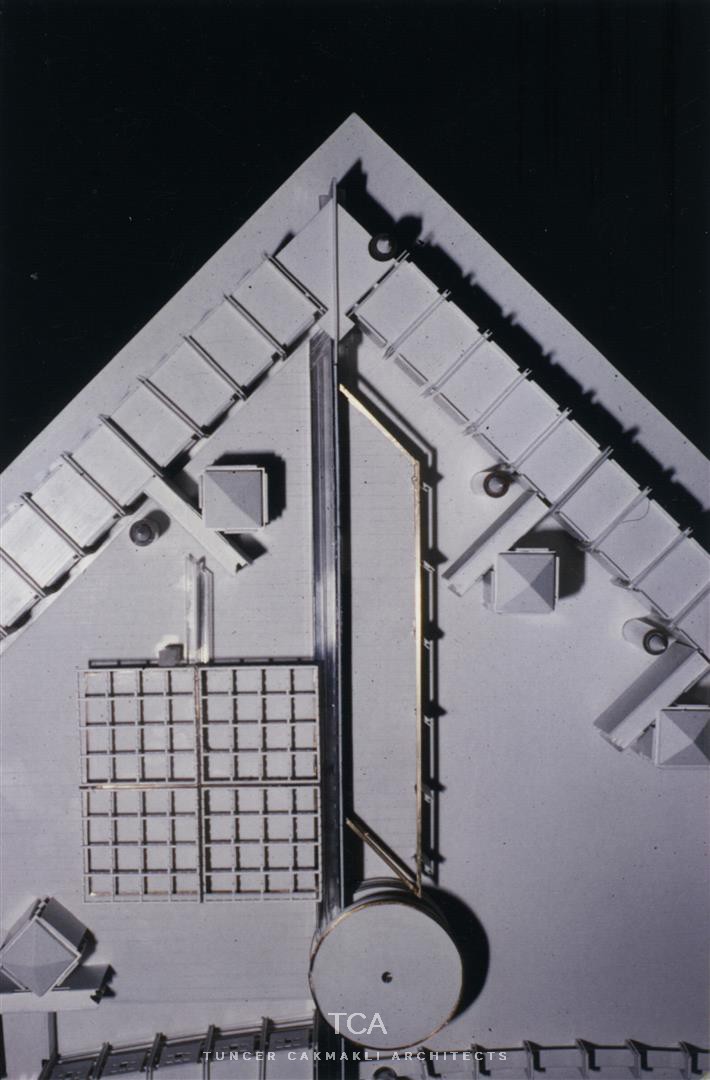
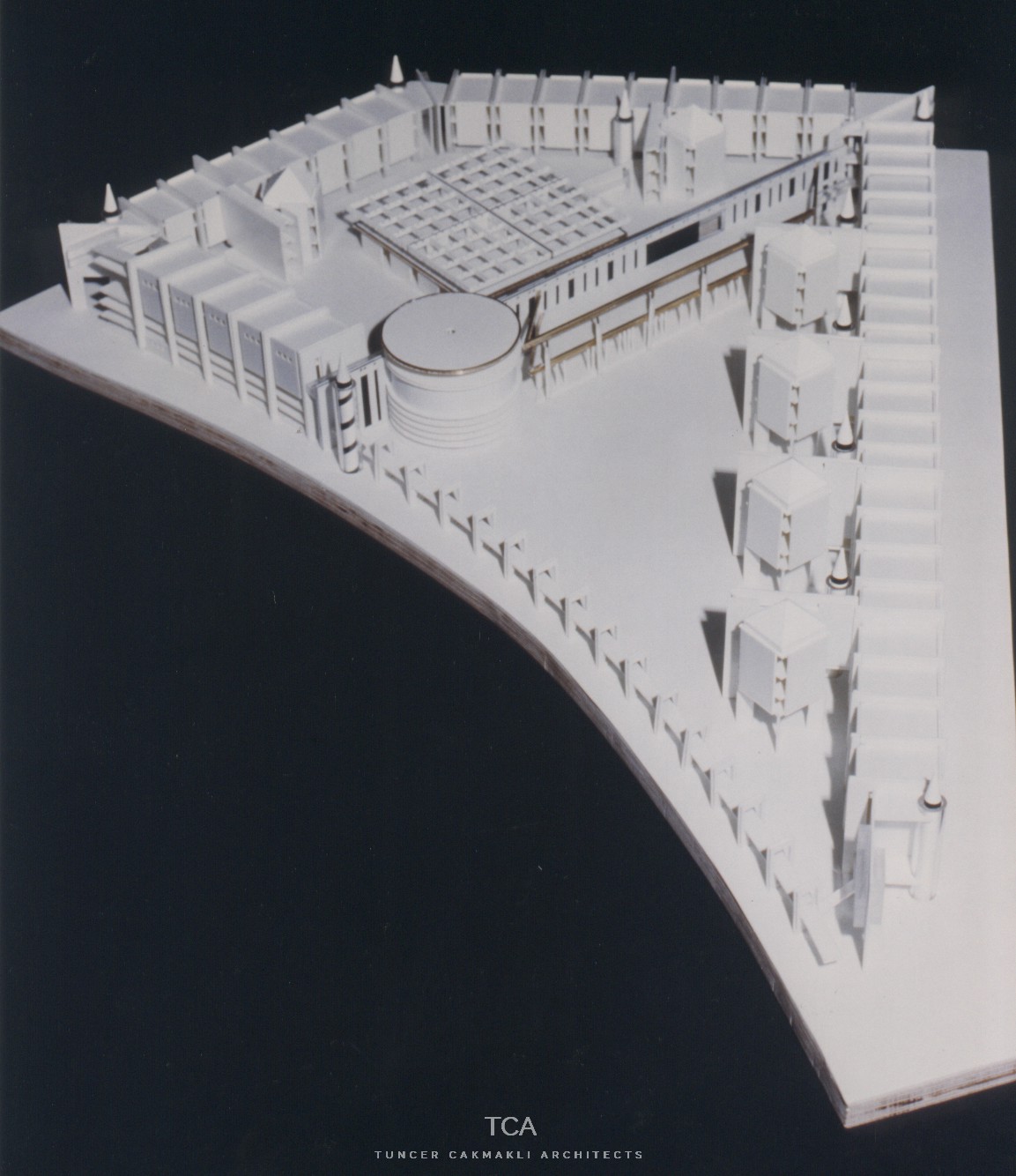
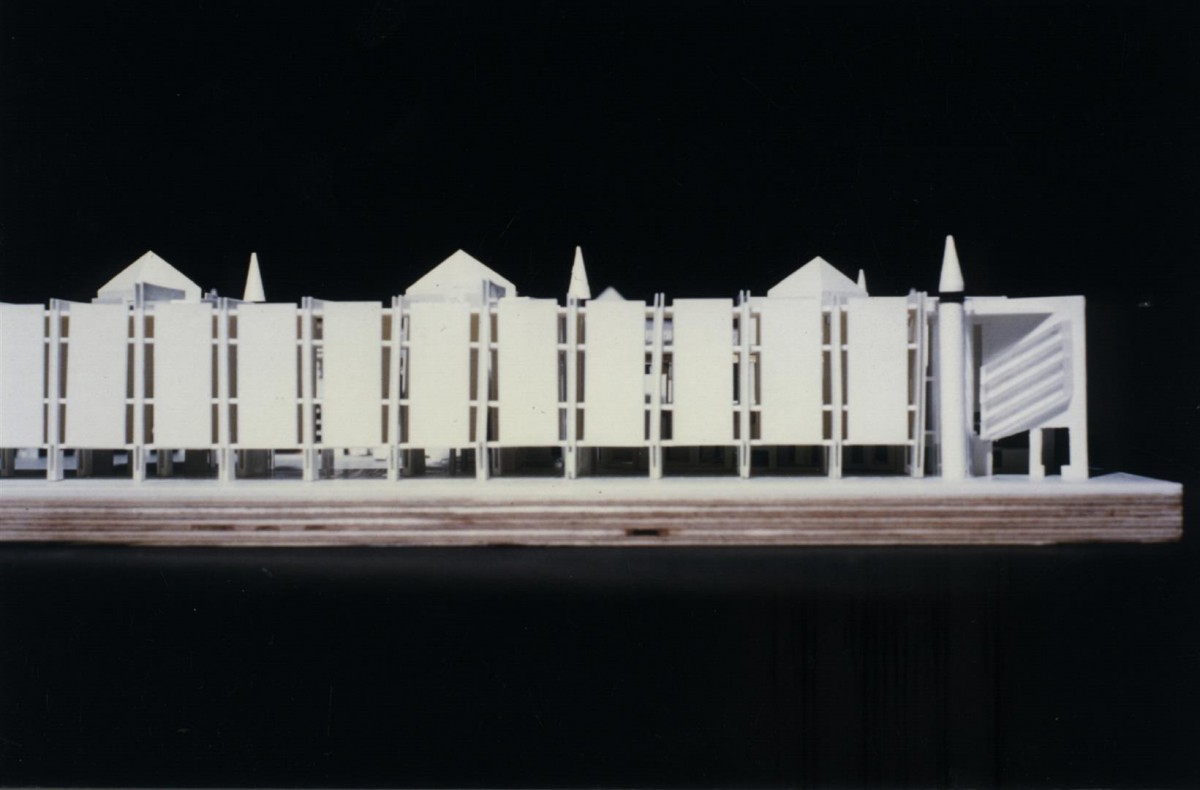
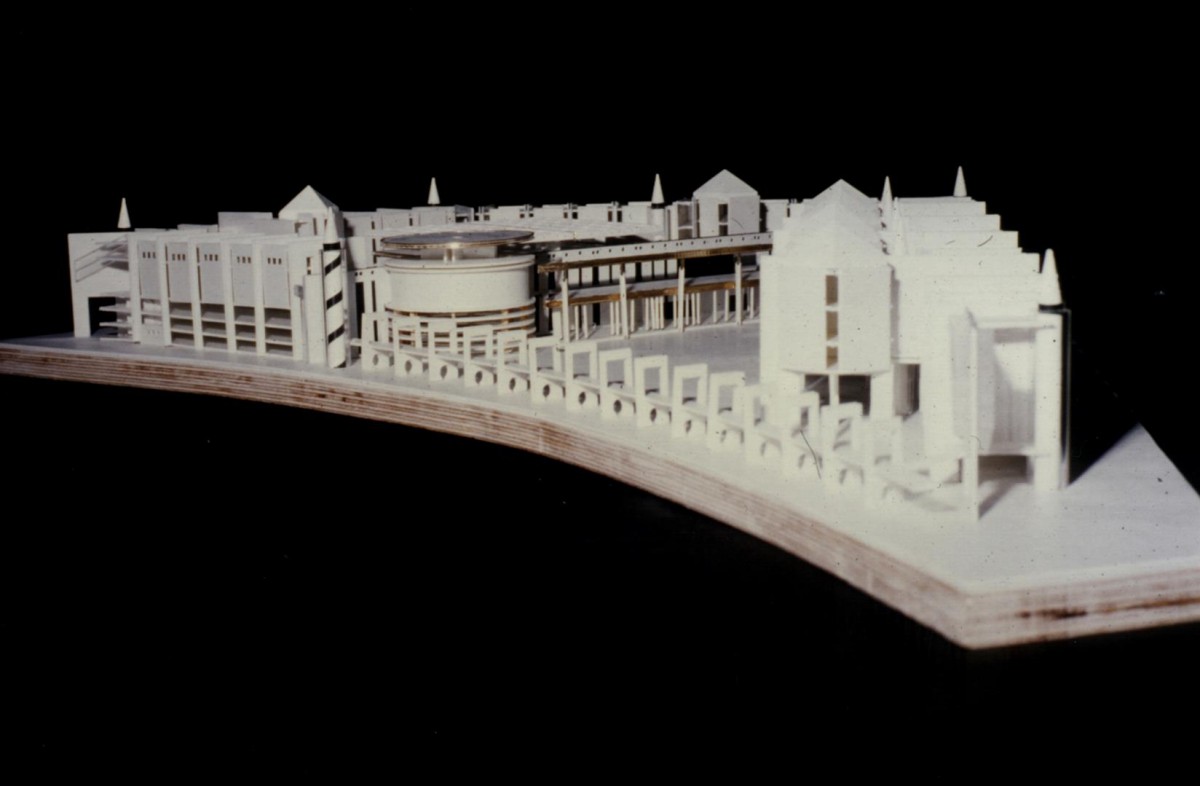
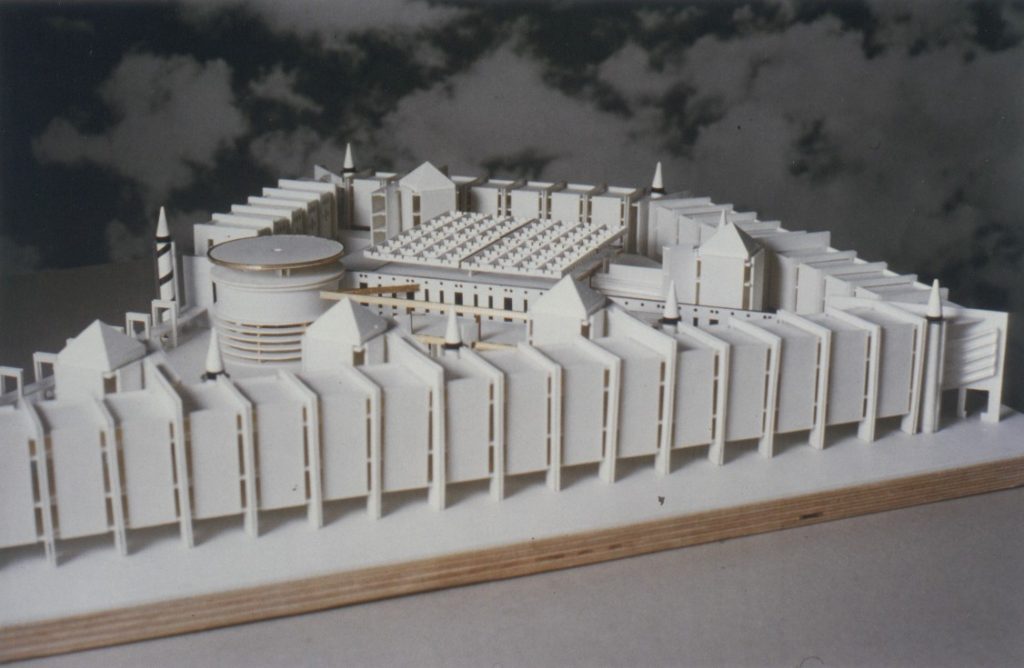
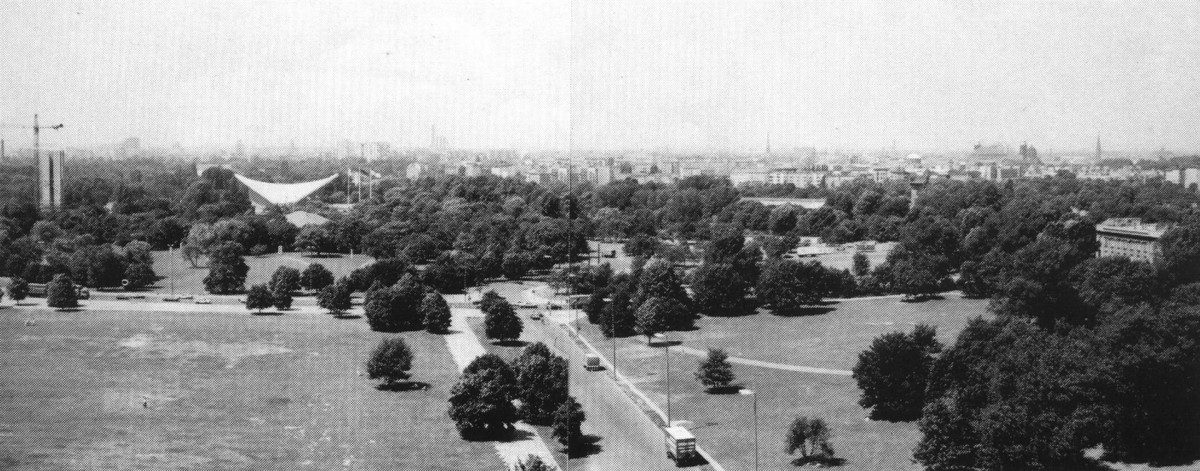
The Path of Memory An Essay on the German Hıstorıcal Museum by TCA
Berlin is a city where history does not rest quietly in vitrines, but breathes through every joint in the pavement. To build a museum here is not merely to raise walls for objects – it is to construct spaces for collective memory, for doubt, for interpretation. In a city that has been capital, backdrop, trauma, and hope all at once, the creation of a German Historical Museum is not a museological gesture. It is an act of political semiotics.
TCA’s architectural proposal for this museum is not a neutral container of content. It is itself a participant, a text. A building that does not present itself as an object in space, but as a narrative embedded in the urban discourse.
The path – for the museum is a path – is conceived as linear, yet ultimately circular. The visitor begins in a central, cylindrical space. A room with no corners, no escapes. A ringed wall surrounds them, as if to say: here, there is no single direction, no definitive history. The information offered is not mere data – it is invitation, atmosphere, reflection.
This beginning is not innocent. It echoes the ancient propylaea – thresholds that separate not just space, but ways of thinking.
Then, the journey begins. The museum’s path gently lifts itself from the ground – literally. This linear body of architecture, elevated from the courtyard, allows for glimpses, insights, and returns of gaze – into the city, into the present, into the reality that continues beyond the museum walls.
As Eco might say: the architecture enters into dialogue with the landscape – a palimpsest of meanings that must be constantly reread. The path through the museum is not only spatial – it is a hermeneutic act.
Along the way, towers emerge – vertical moments breaking from the linear form. These are time-chambers, condensations. Here, the visitor does not only encounter national history but its global parallels. The towers function like footnotes in a novel – seemingly peripheral, yet essential to understanding the whole.
The building itself becomes a medium. It does not merely house history – it expresses it architecturally. Its tectonic language resists monumentality, yet is no less powerful in its precision. The structure is not authoritarian, but argumentative.
And thus, the museum does not simply stand in front of the Reichstag – it stands in conversation with history, in a permanent act of engagement. It does not place itself above the national narrative, but submits to its complexity.
A museum is a place – but this place must first be defined as such. TCA’s design manages to capture the paradox: a space of memory that is neither nostalgic nor didactic. An architecture that does not proclaim “this is how it was,” but rather asks, “how do we tell what has been?”
The city no longer needs more objects in its public space. It needs spaces that generate meaning. TCA’s design for the German Historical Museum is one such space: a path of thought. A monument not of standing, but of moving.
————————————————————————————————————————
Hafızanın Yolu TCA’nın Alman Tarih Müzesi Üzerine Bir Deneme
Berlin, tarihin vitrinde sergilenmediği; kaldırım taşlarının arasından soluduğu bir şehir. Burada bir müze inşa etmek, sadece nesneleri barındıracak duvarlar örmek değildir. Kolektif hafızaya, kuşkuya ve yoruma açılan mekânlar yaratmaktır. Başkent, dekor, travma ve umut olmuş bir şehirde Alman Tarih Müzesi’ni kurmak, salt bir müzecilik hareketi değil; politik bir gösterge bilimsel eylemdir.
TCA’nın bu müze için geliştirdiği mimari öneri, içeriğin nötr bir kabı değildir. Kendi başına bir aktördür; bir metindir. Kendini mekânda bir nesne olarak değil, kentsel söylemde bir anlatı olarak konumlandırır.
Bu müze bir yolculuktur — doğrusal gibi görünse de döngüseldir. Ziyaretçi, merkezdeki silindirik odada yolculuğa başlar. Köşesiz, kaçışsız bir hacim. Etrafını çeviren duvar, adeta şöyle der: burada tek bir yön yoktur, tek bir tarih anlatısı yoktur. Sunulan bilgiler sadece veri değildir; davettir, yansımadır, düşünmeye çağrıdır.
Bu başlangıç masum değildir. Antik çağların propylaia’sını hatırlatır — yalnızca mekânları değil, düşünme biçimlerini de ayıran eşik mimarileri.
Ardından yolculuk başlar. Müze, zeminden nazikçe yükselir. Bu mimari yolun yerden ayrılması, şehre, şimdiye ve dış dünyaya açılan bakışları mümkün kılar. Müzenin dışında akan hayatla kurulan bu görsel temas, ziyaretçiyi içeride kalmaya değil, düşünmeye teşvik eder.
Eco’nun da dile getireceği gibi: mimari, manzarayla bir diyaloğa girer. Sürekli yeniden okunması gereken bir palimpsest (üst üste yazılmış metin). Müzenin içindeki yol, sadece fiziksel değil, yorumlayıcı bir süreçtir.
Yol boyunca yükselen kuleler belirir – doğrusal akıştan dışarı taşan dikey anlatılar. Bunlar zamansal odaklardır, yoğunlaşmalardır. Burada ziyaretçi yalnızca ulusal tarihle değil, onun küresel izdüşümleriyle de karşılaşır. Kuleler, bir romanın dipnotları gibidir – tali görünürler ama anlam bütünlüğü için vazgeçilmezdirler.
Yapının kendisi bir araç haline gelir. Tarihi yalnızca barındırmaz; mimari bir ifade biçimiyle yaşatır. Tektonik dili anıtsallıktan kaçınır, fakat ifadesindeki kararlılıkla son derece güçlüdür. Yapı buyurgan değil, tartışmacıdır.
Böylece müze, Reichstag’ın sadece önünde durmaz; tarih ile karşılıklı bir ilişki kurar, sürekli bir zihinsel temas hâlindedir. Ulusal anlatının üzerinde değil; onun çokkatmanlı doğasıyla birlikte düşünür.
Bir müze elbette bir mekândır – fakat o mekân önce tanımlanmalıdır. TCA’nın tasarımı bu paradoksu ustalıkla yakalar: ne nostaljiktir ne öğretici. “İşte böyleydi” demez; “Geçmişi nasıl anlatıyoruz?” sorusunu sorar.
Bu şehir artık kamusal alanına yeni nesneler değil, anlam üreten mekânlar arıyor. TCA’nın Alman Tarih Müzesi için önerdiği yapı, işte tam da böyle bir mekândır: düşüncenin yolu. Dik duran değil, ilerleyen bir anıt.
#GermanHistoryMuseum #BerlinMuseums #CulturalHeritage #HistoricalNarrative #GoetheanArchitecture #NationalMemory #MuseumExperience #GermanIdentity #HistoricalArtifacts #CulturalPreservation #ReflectiveJourney #MuseumExhibits #GoetheanThought #CollectiveConsciousness #BerlinLandmarks #HistoryThroughArt #TimelessNarrative #CulturalExploration #NationalTreasures #MuseumCurations








